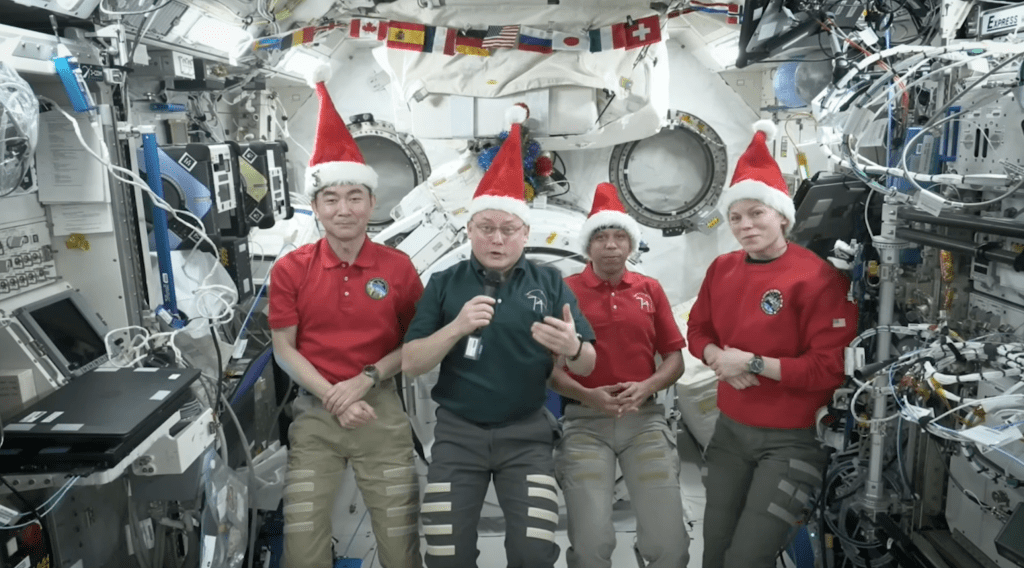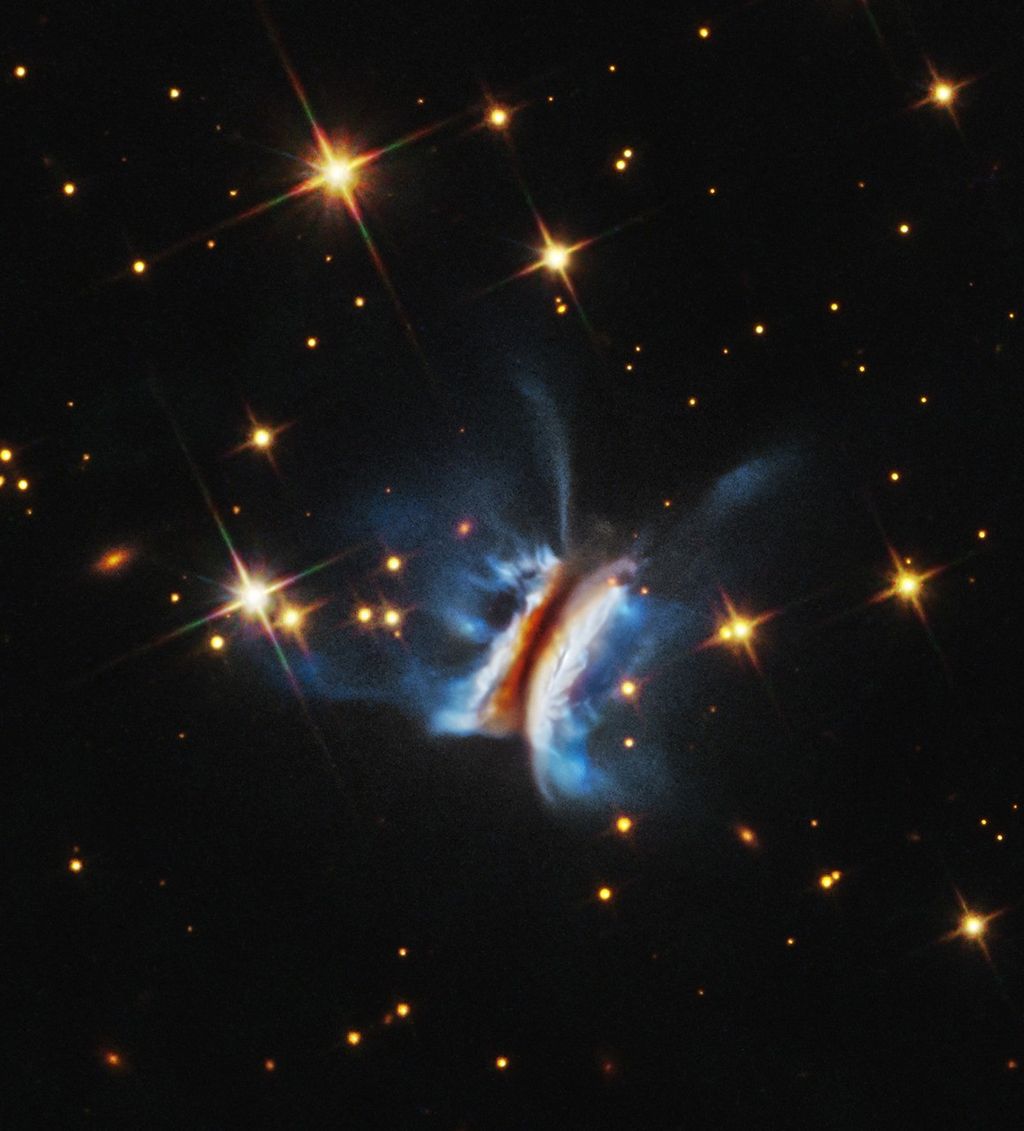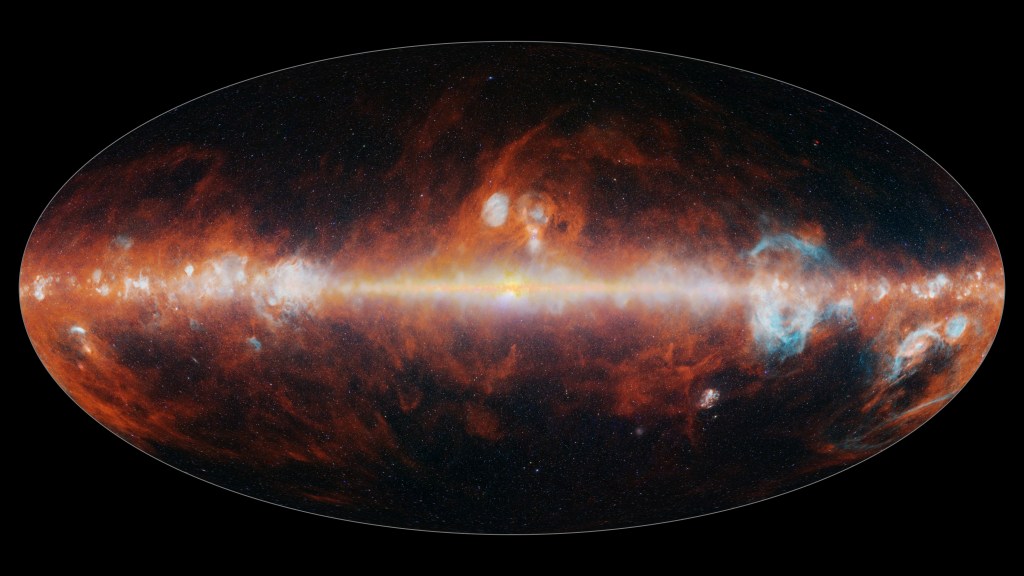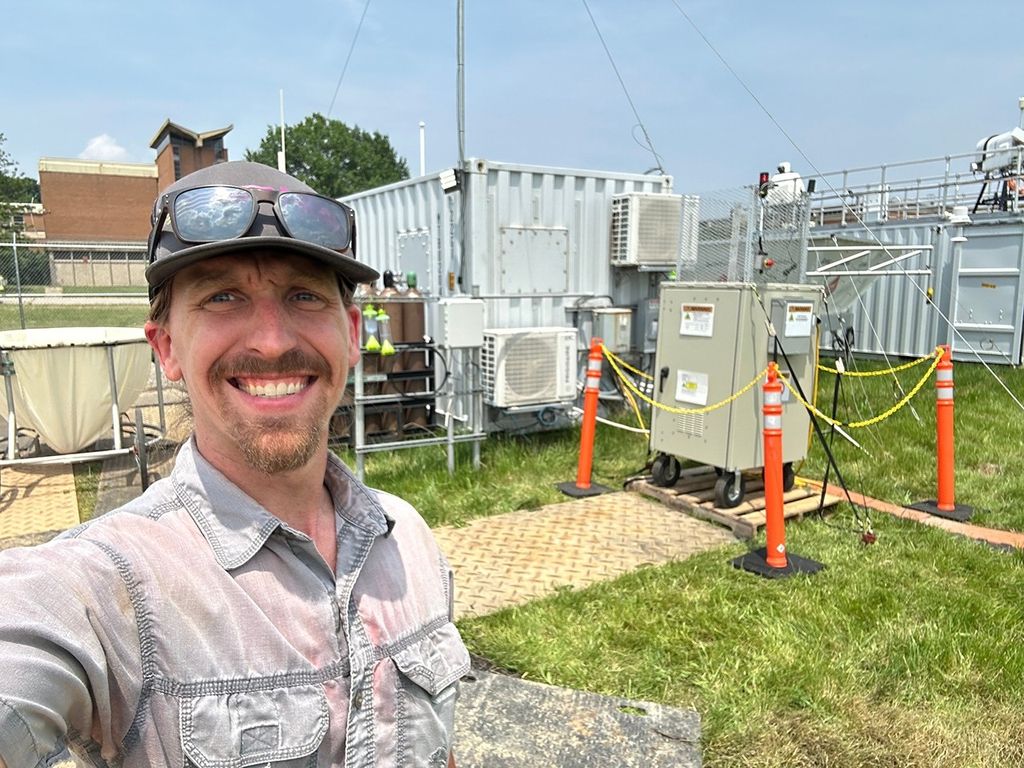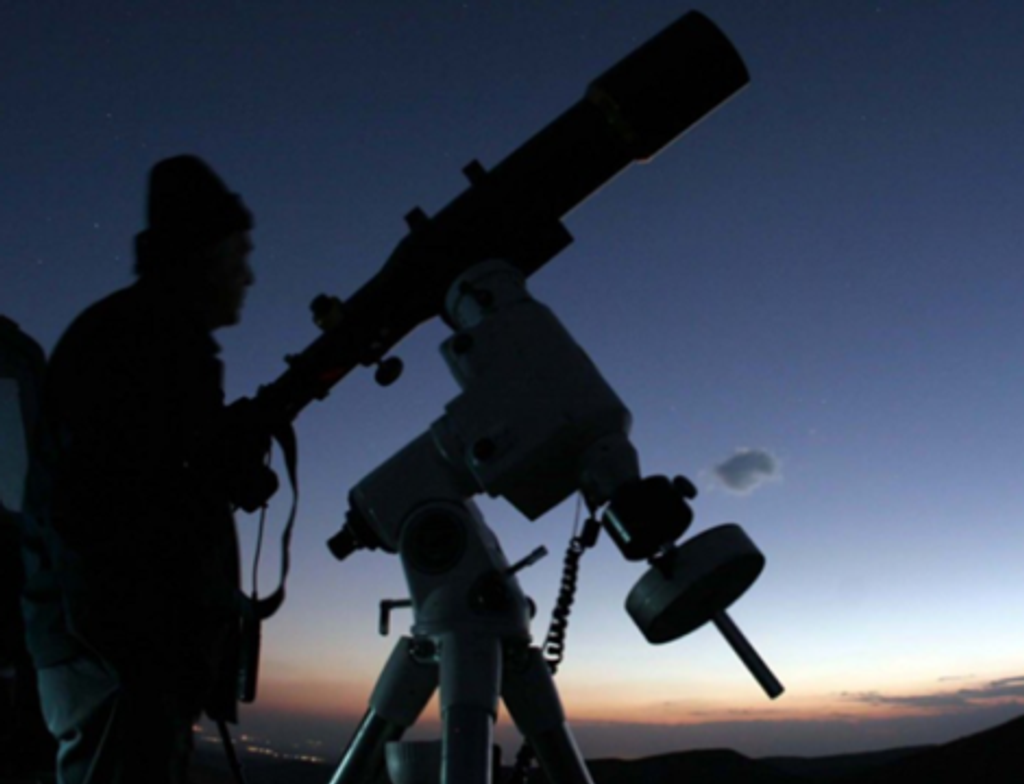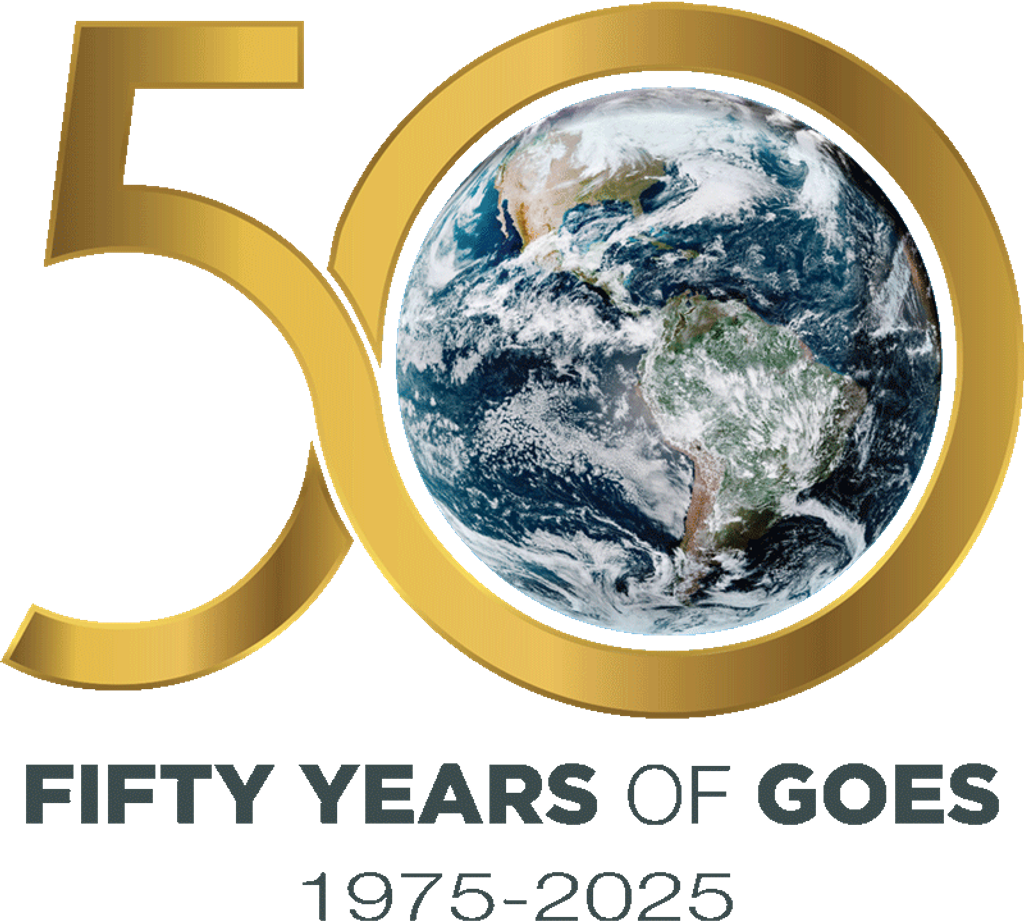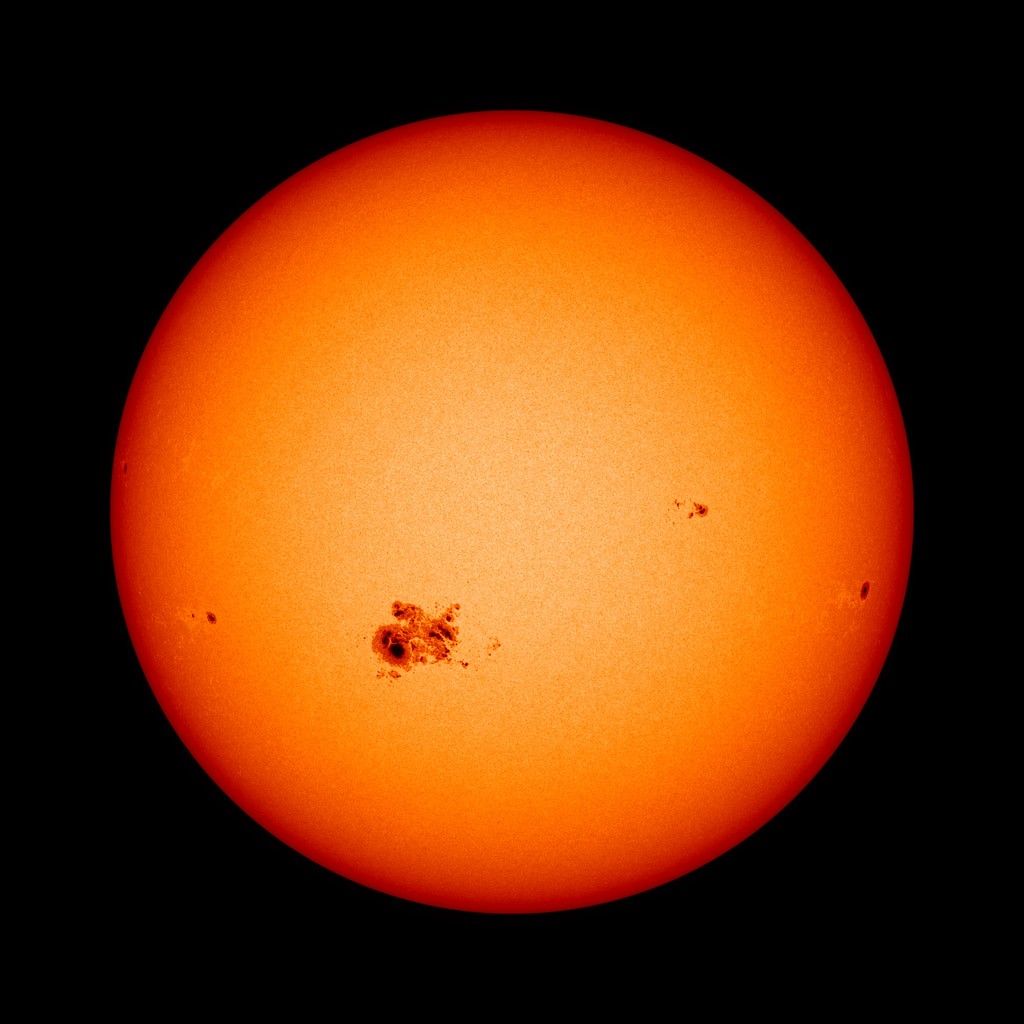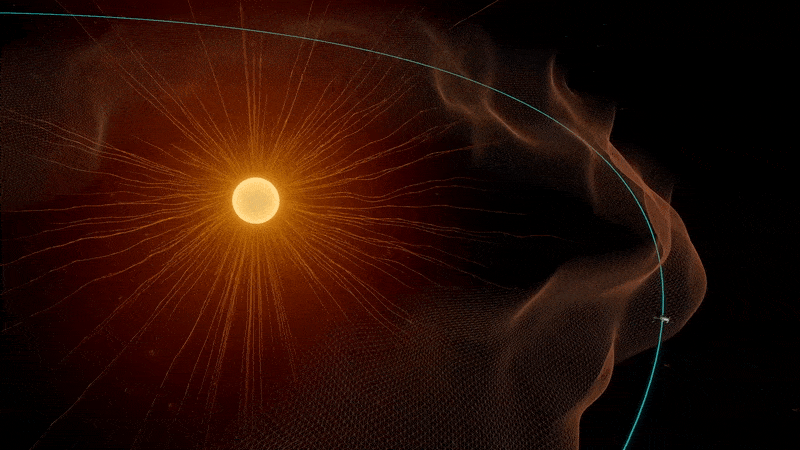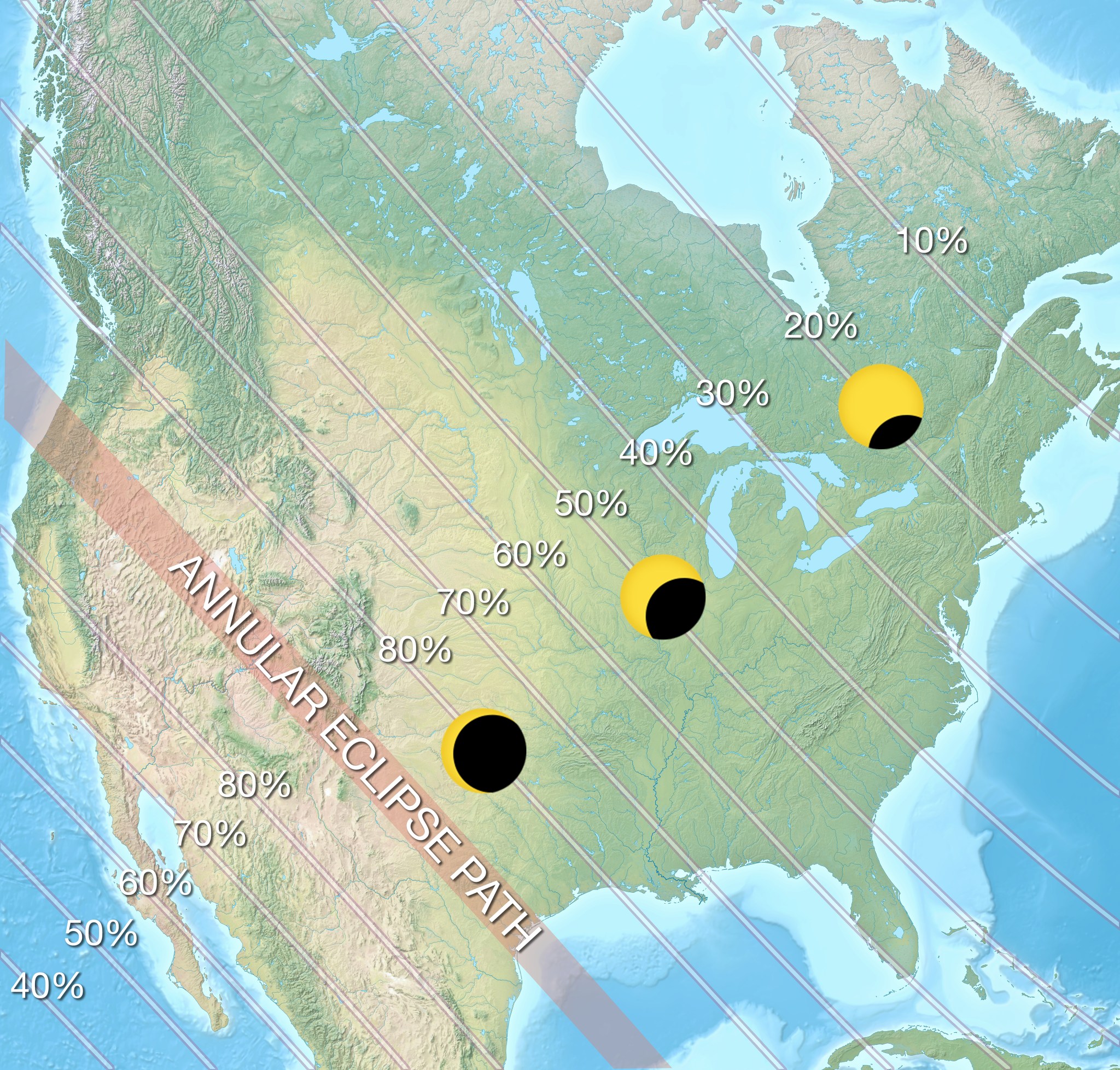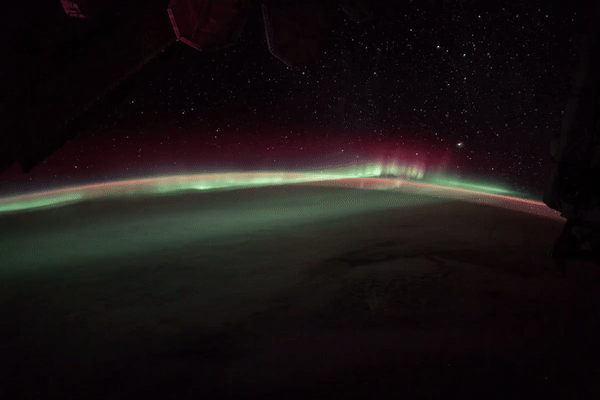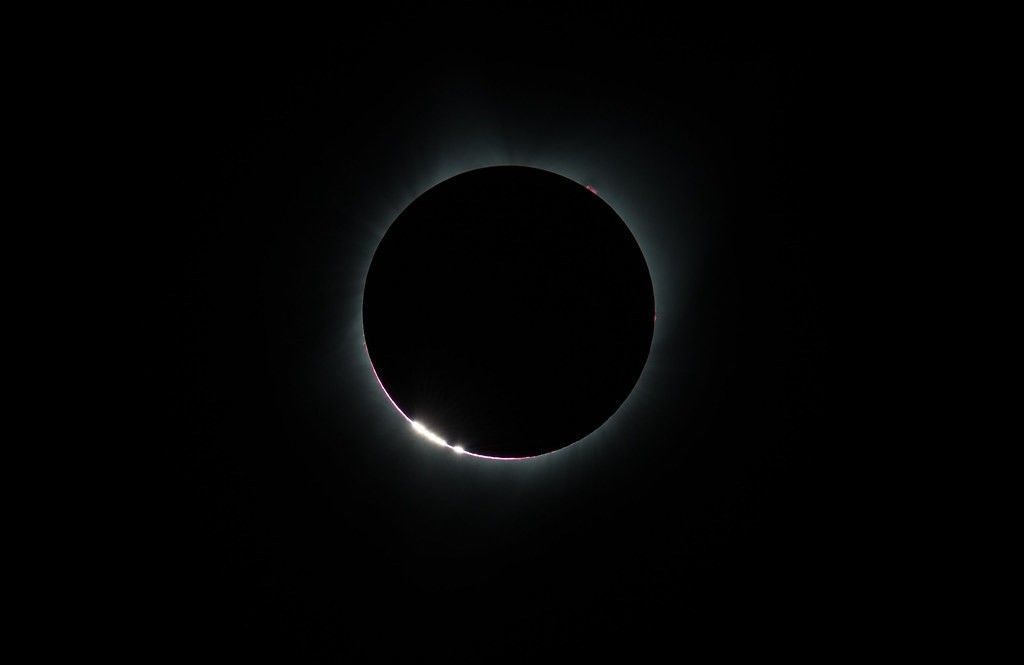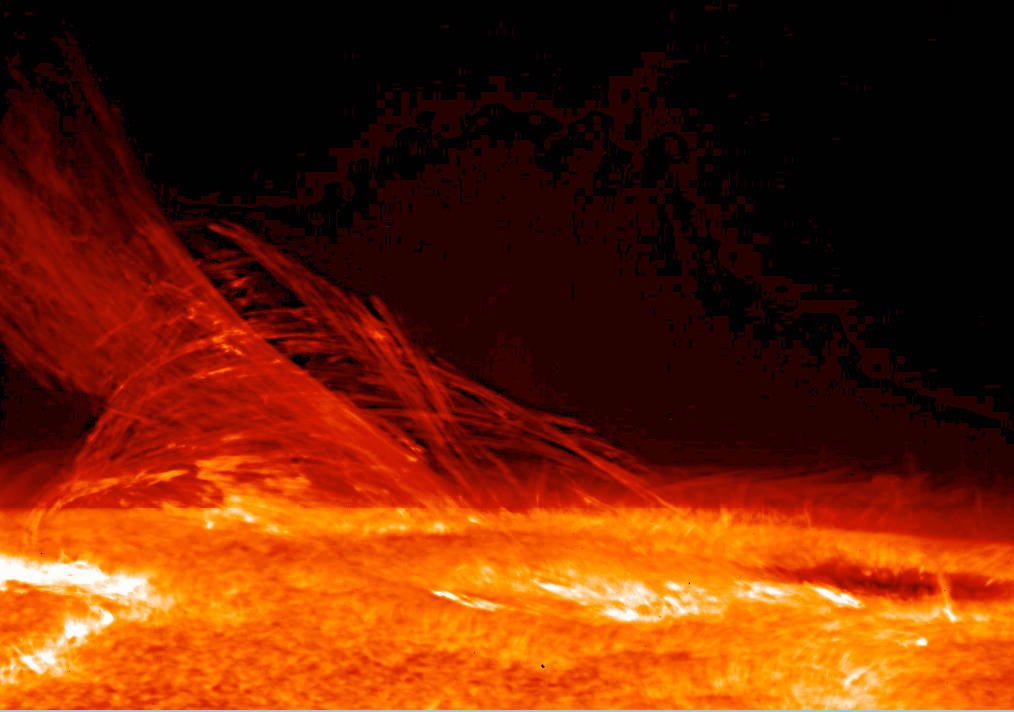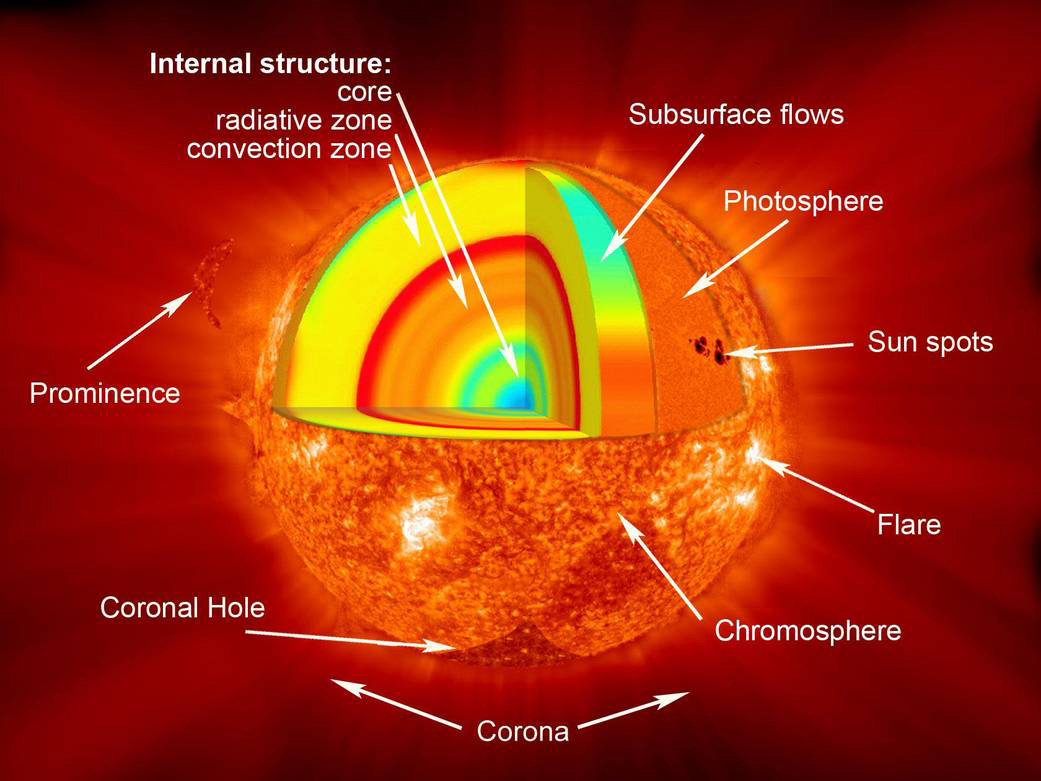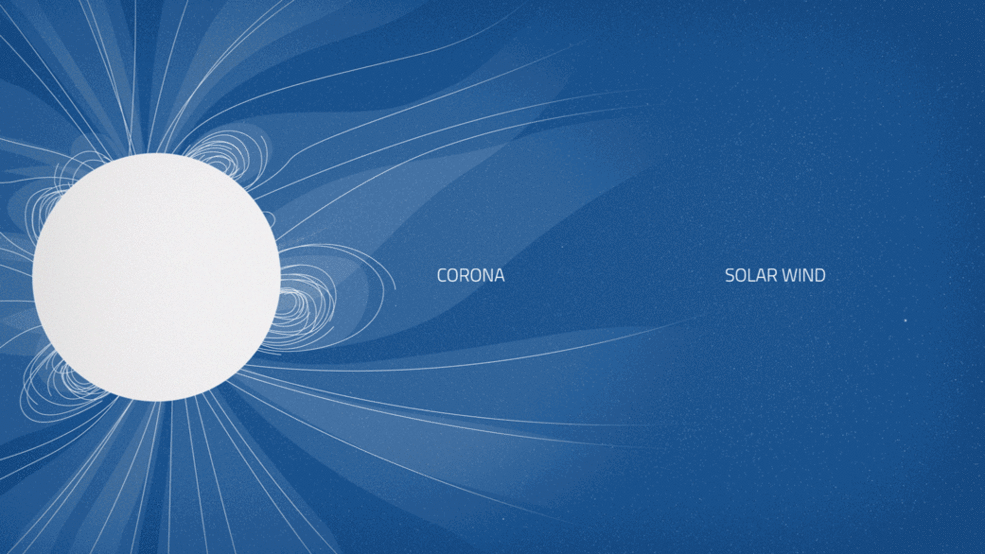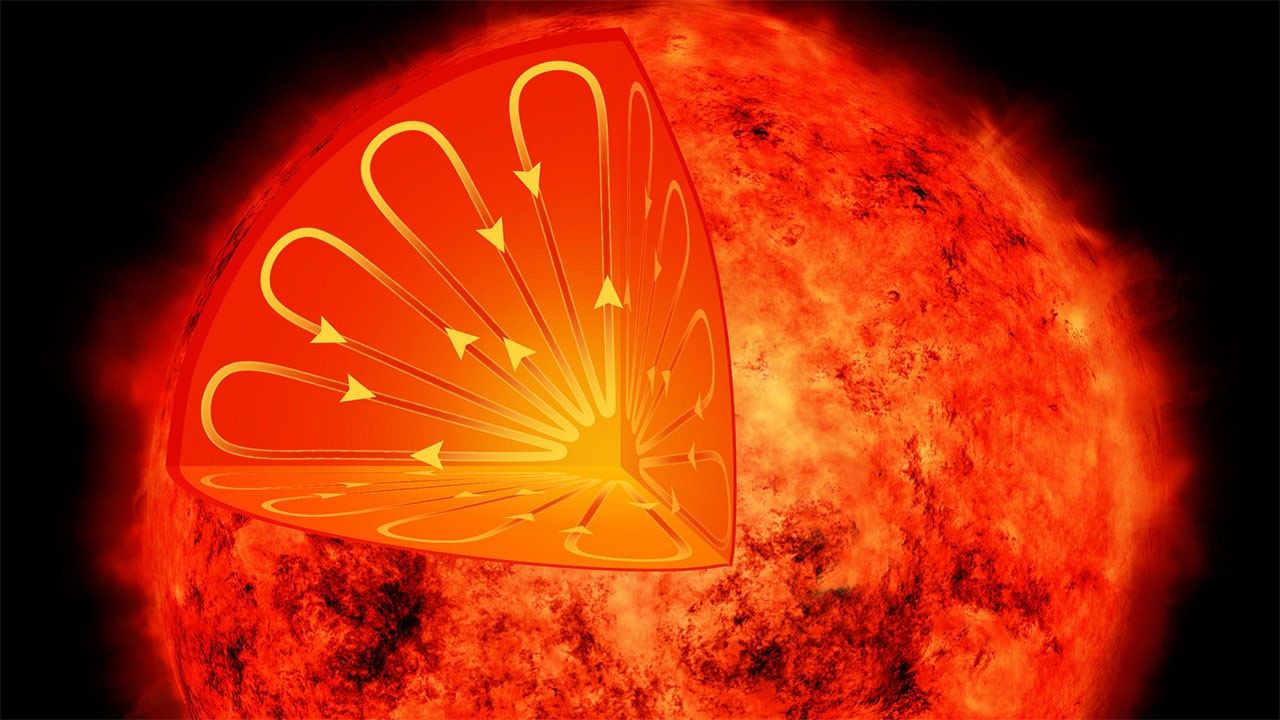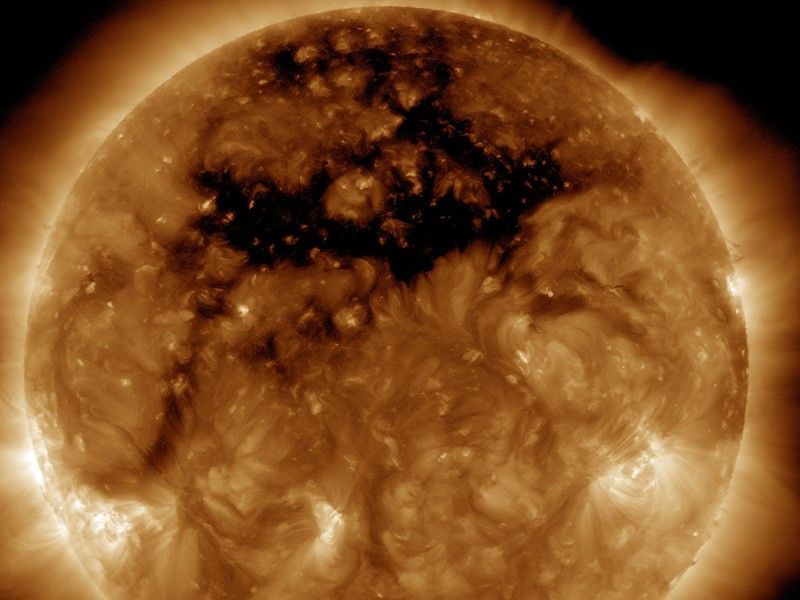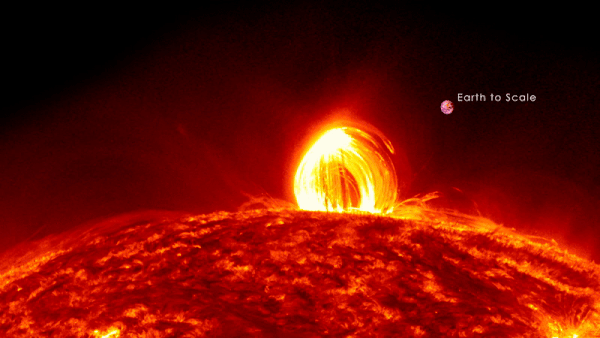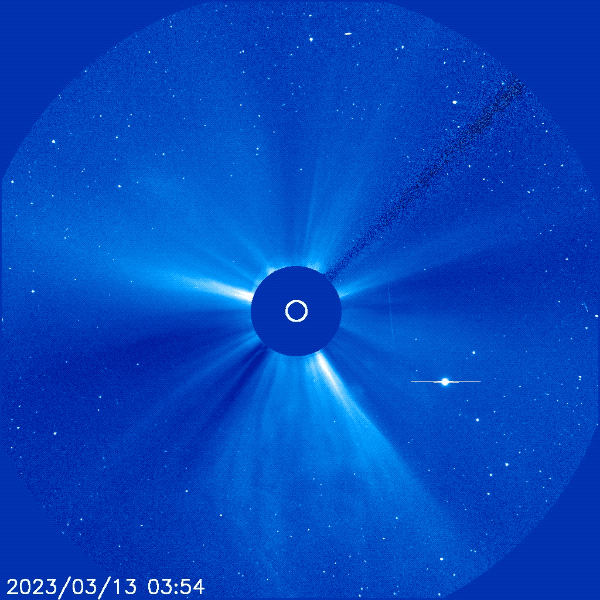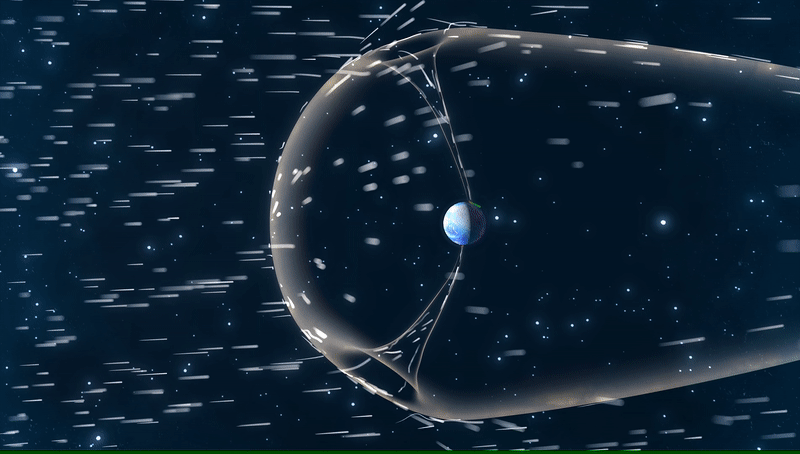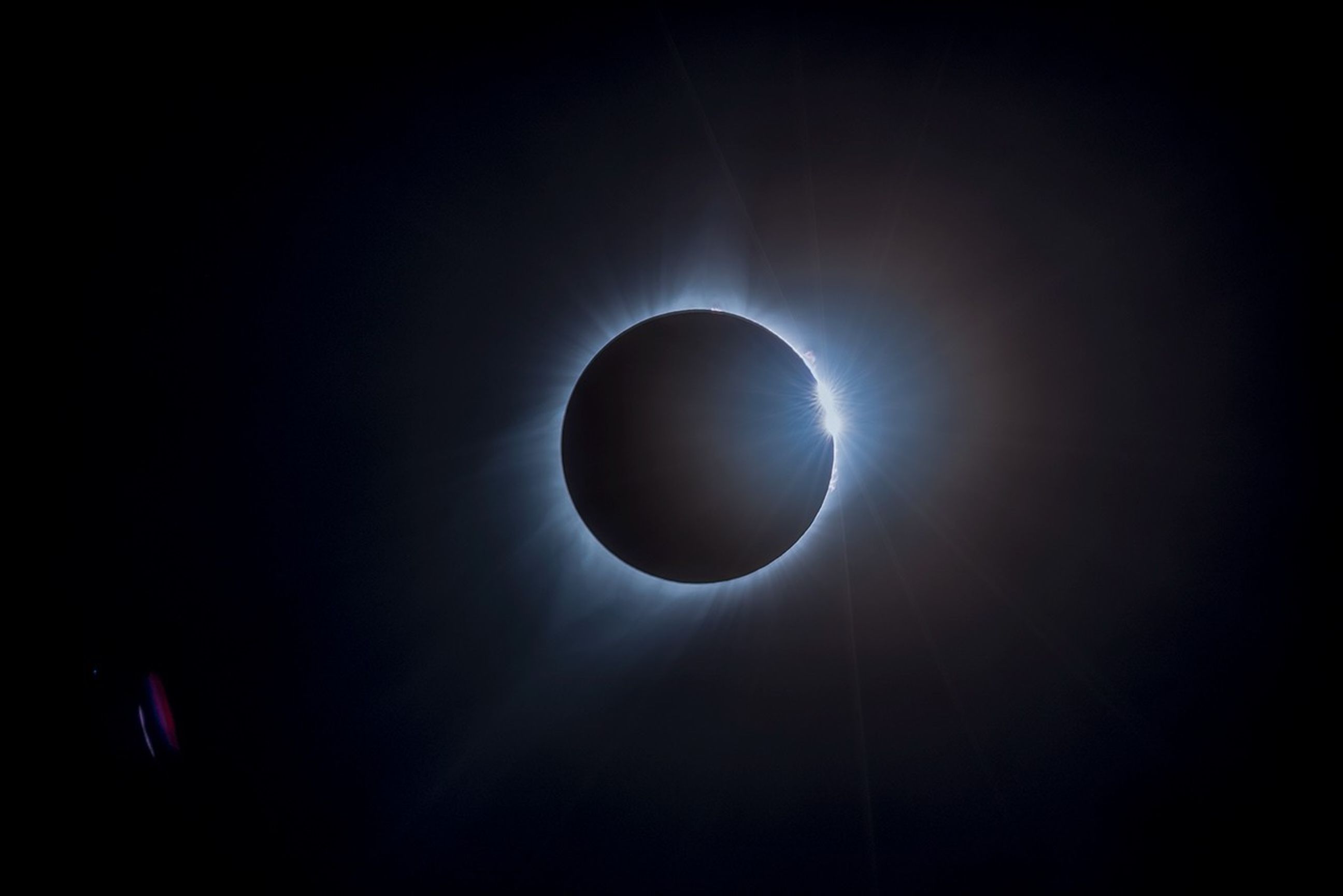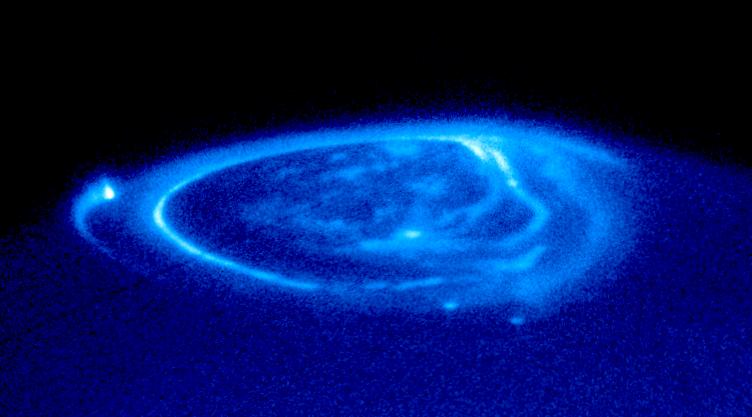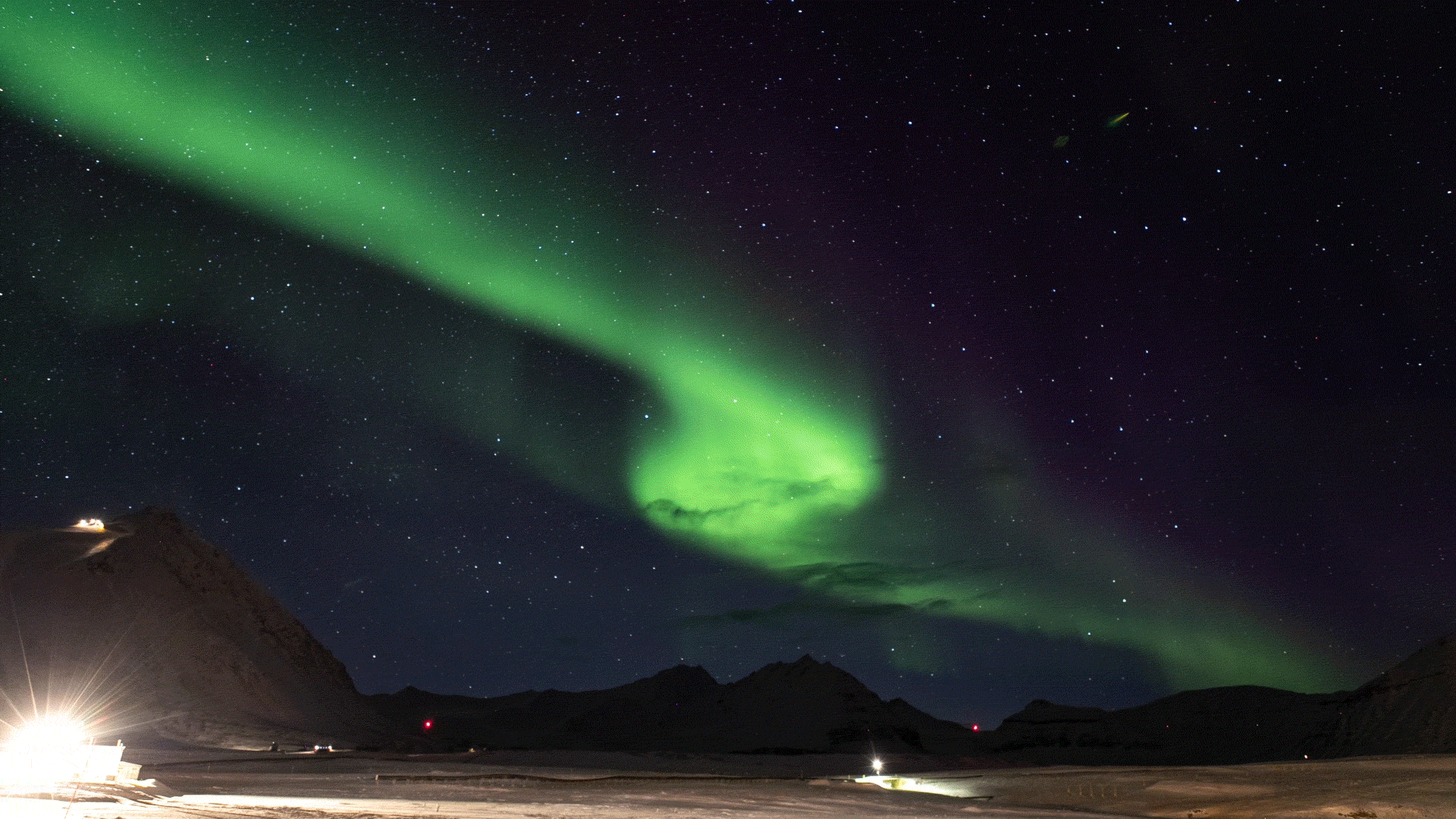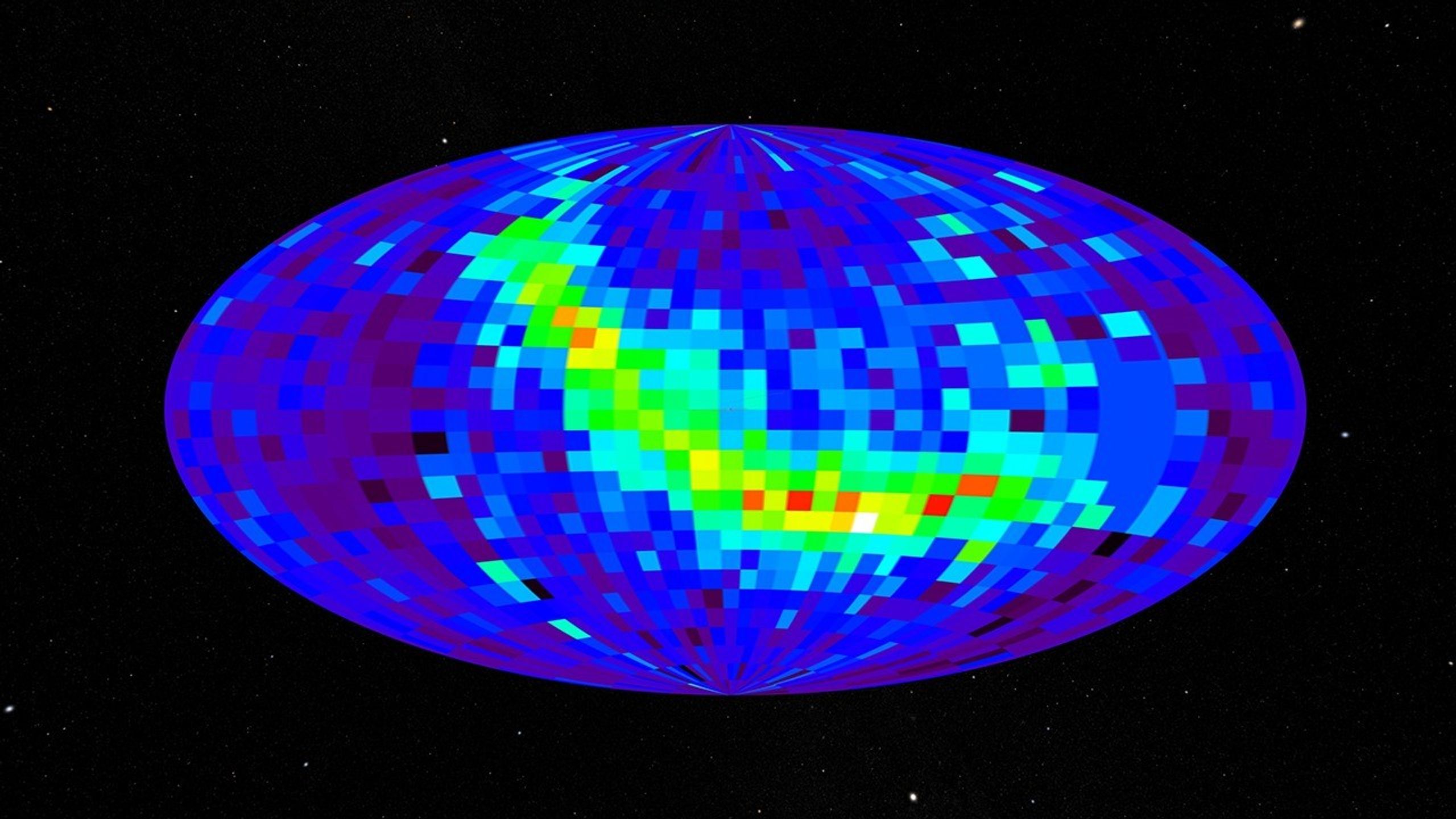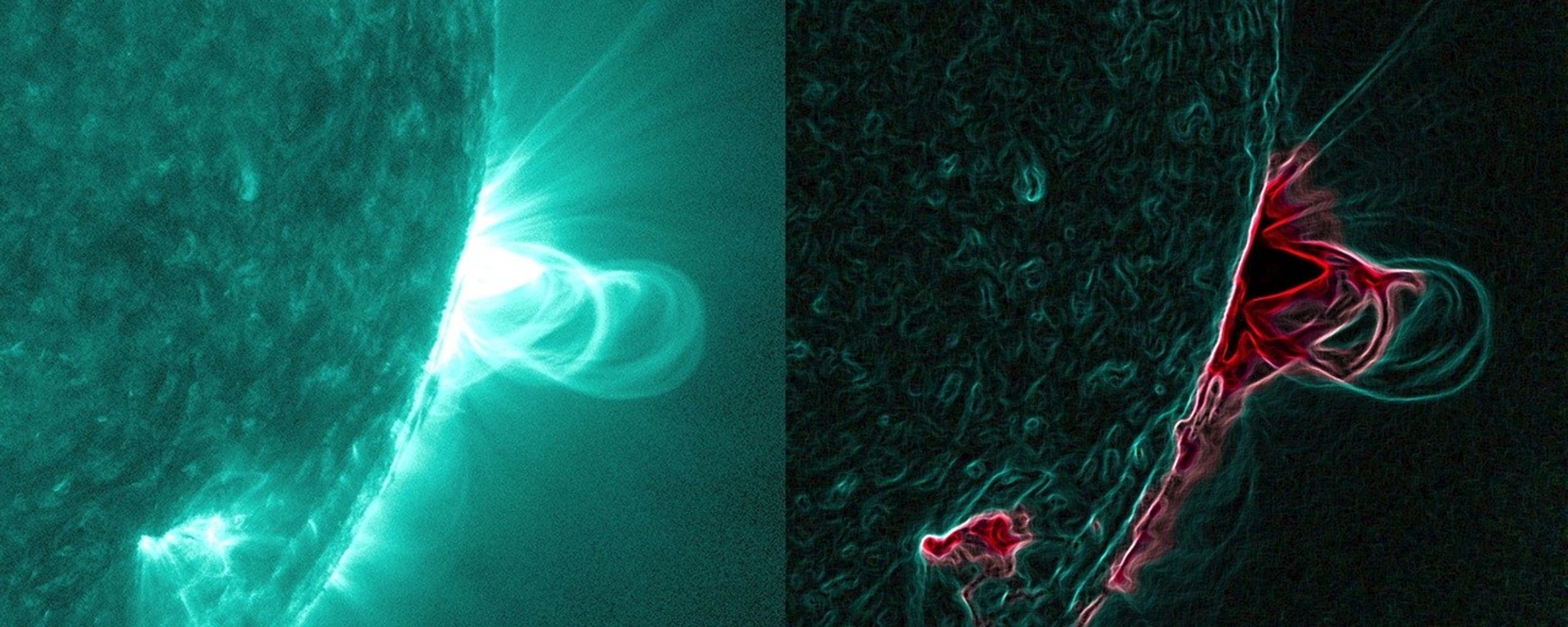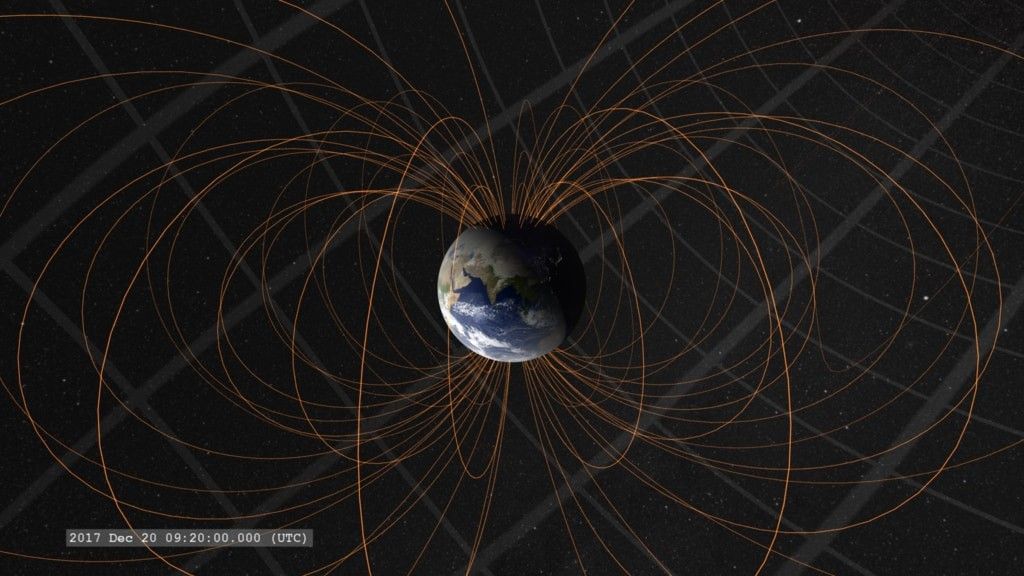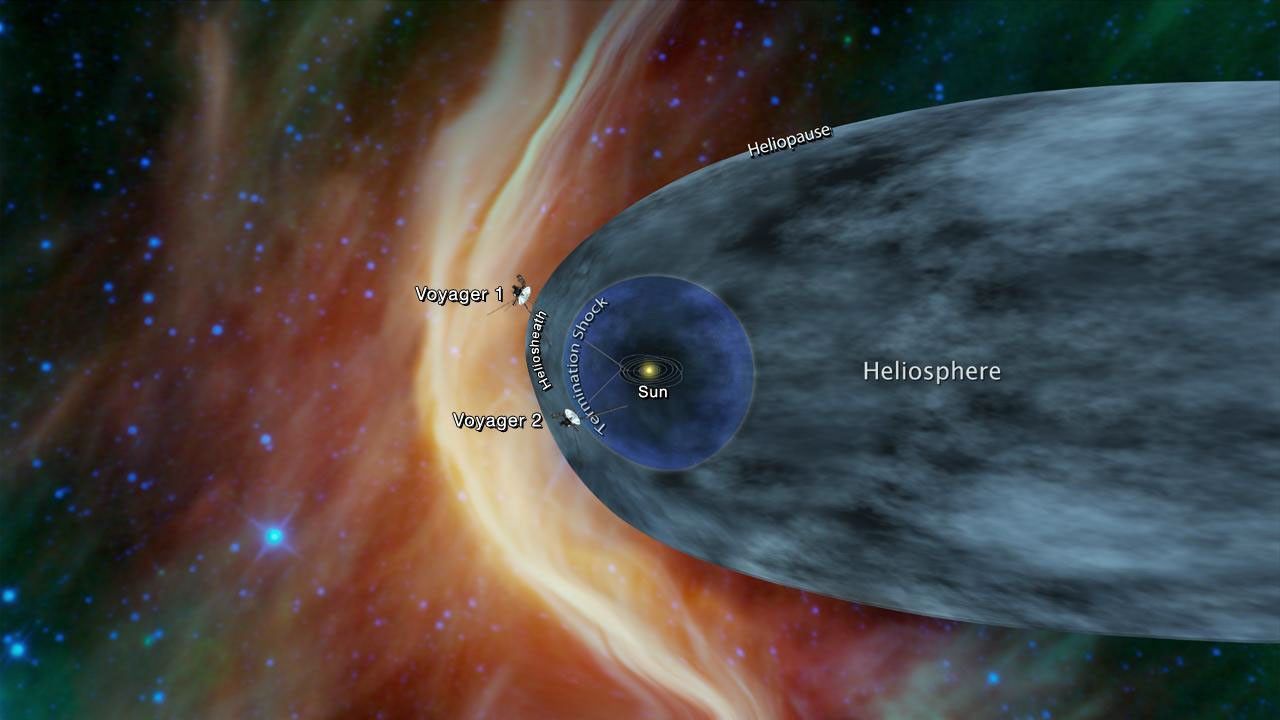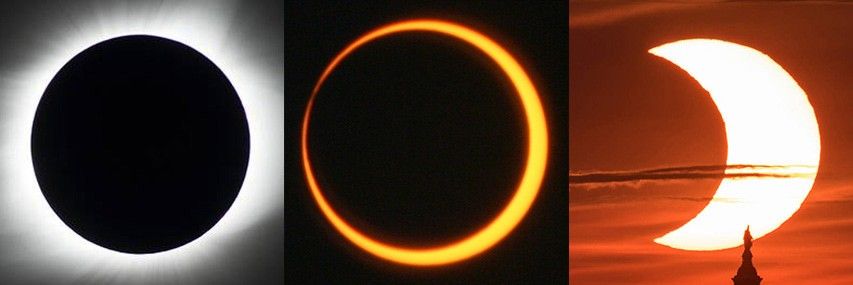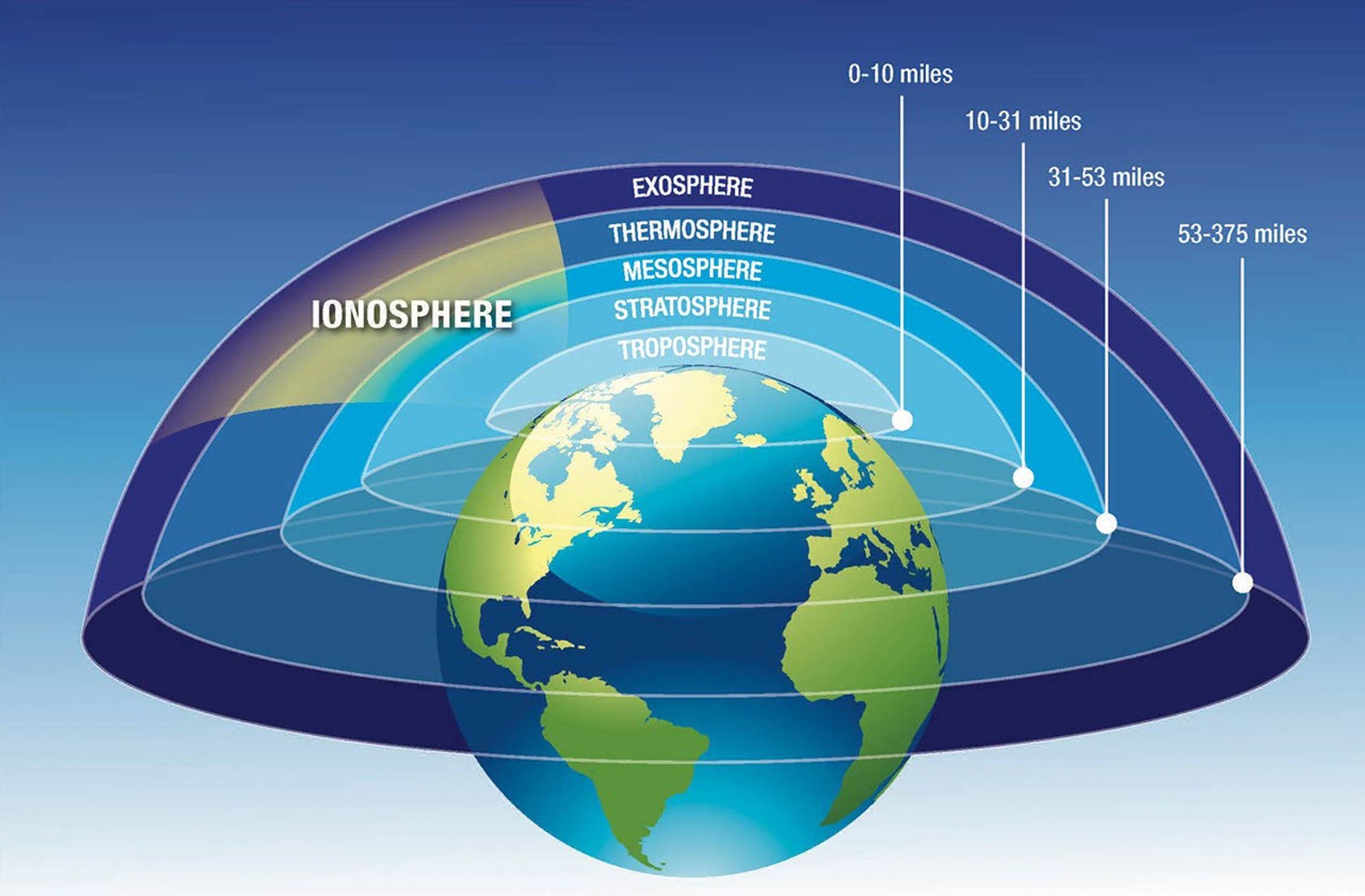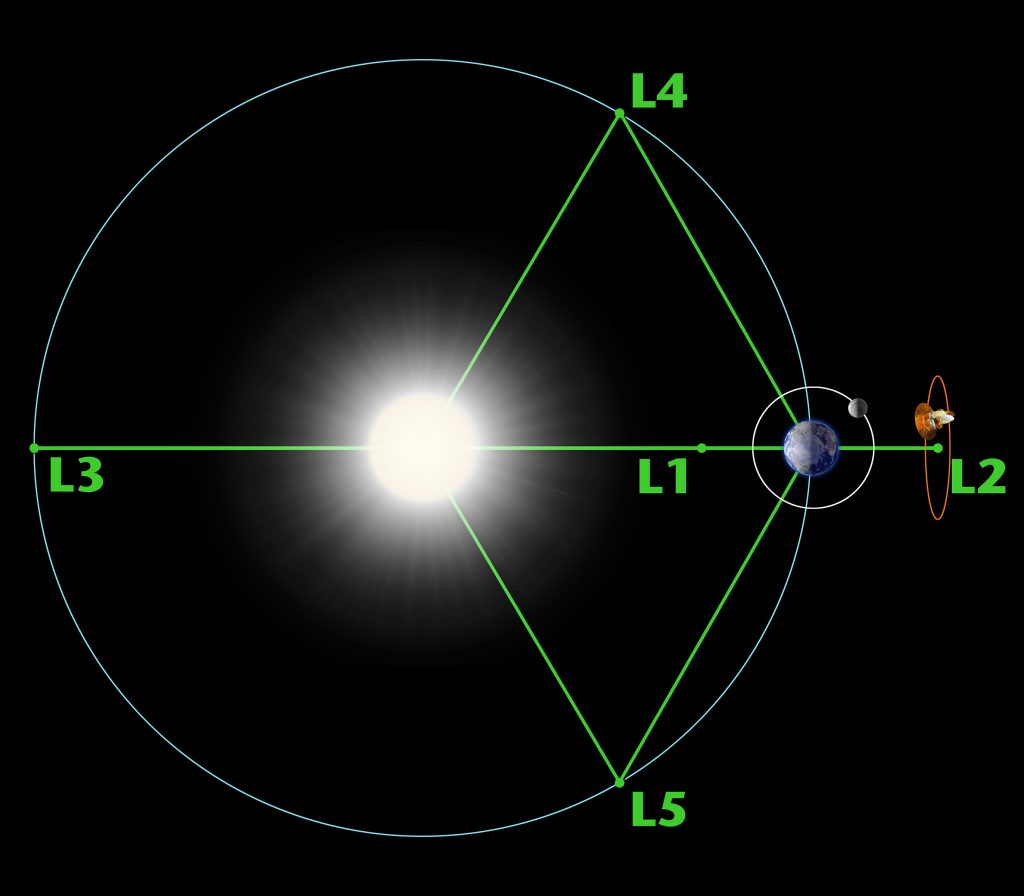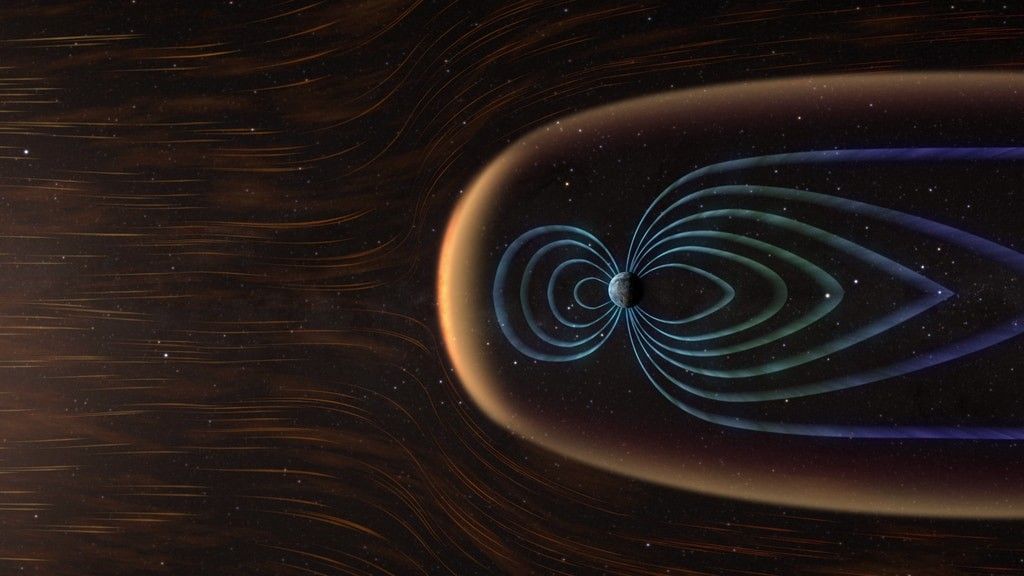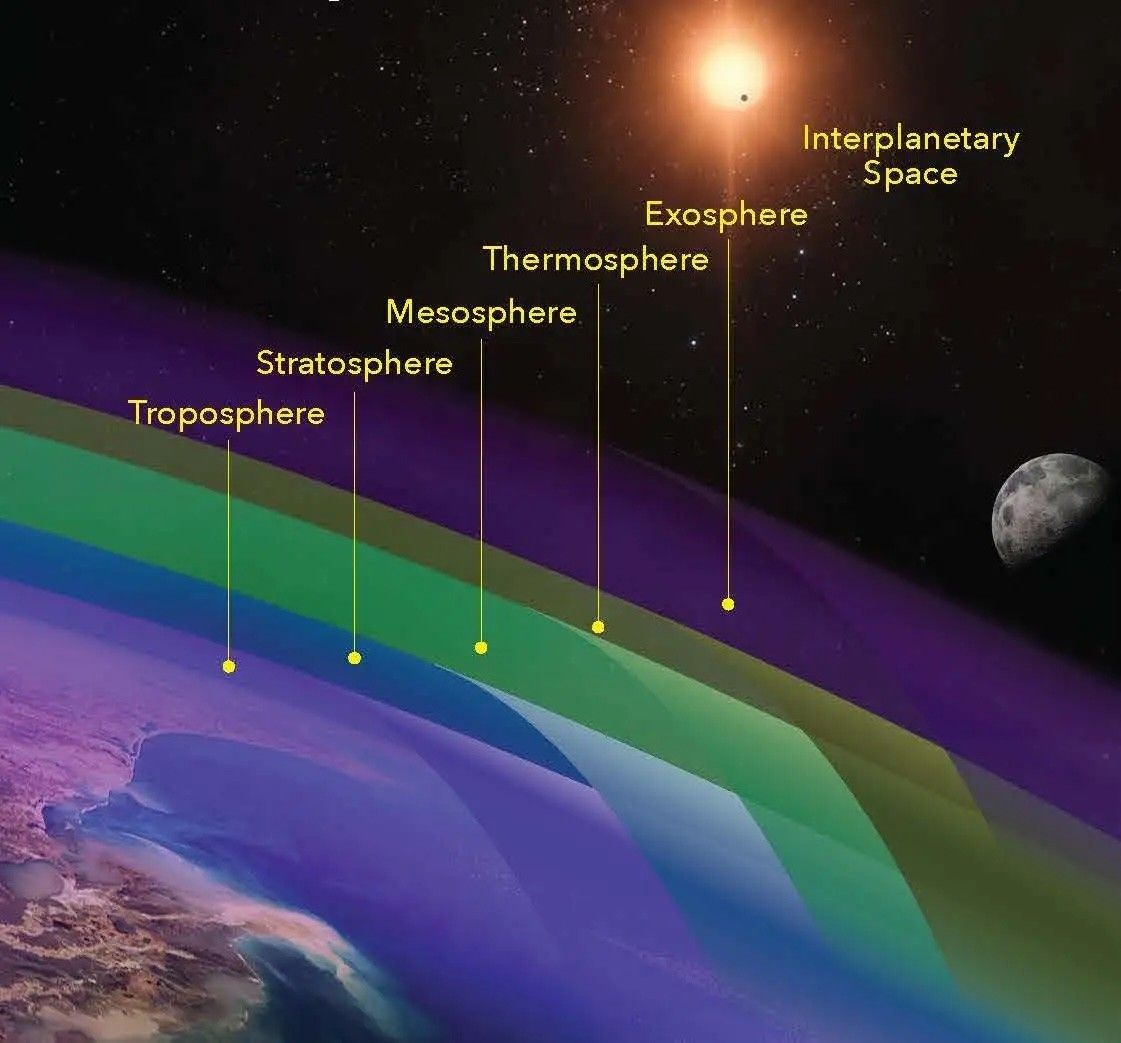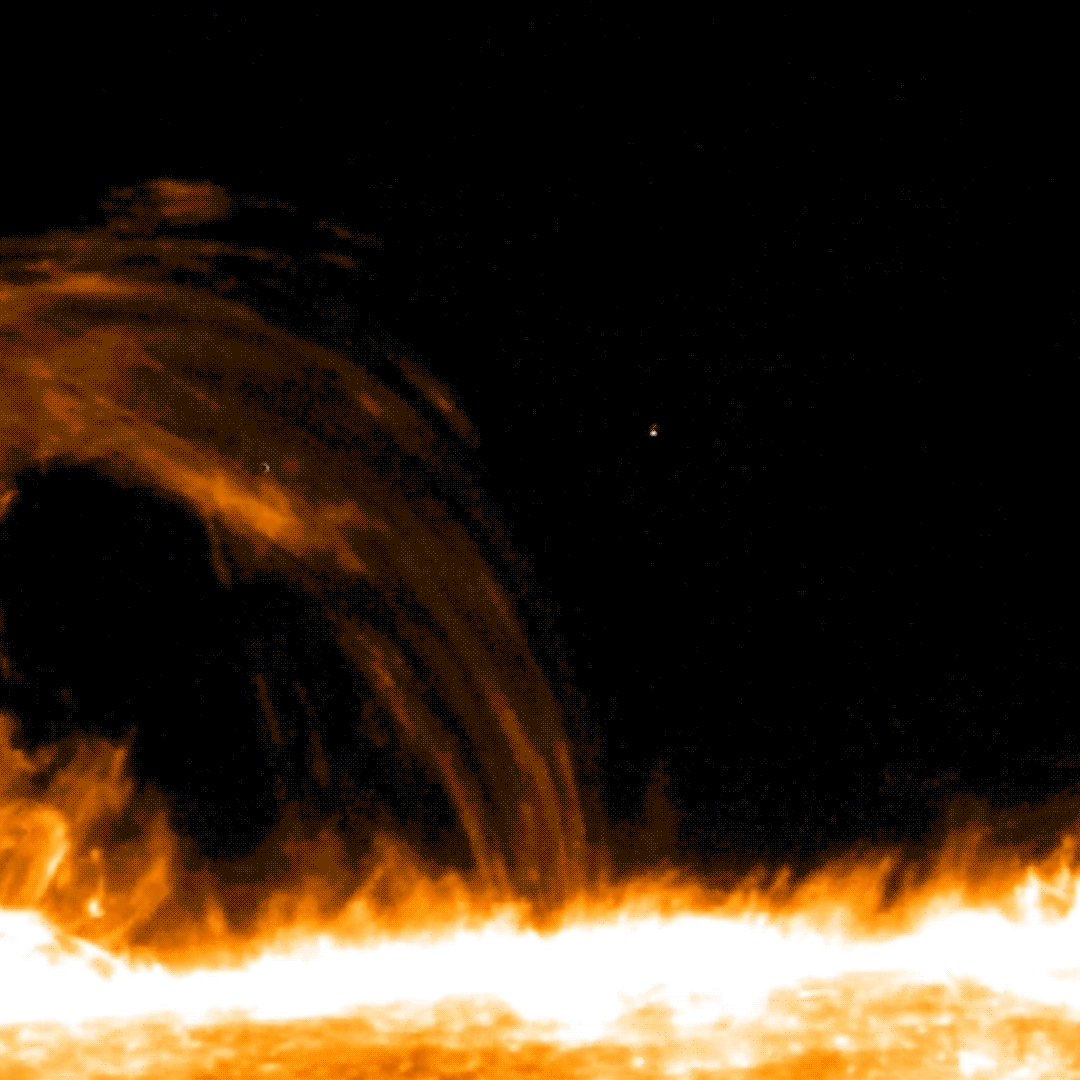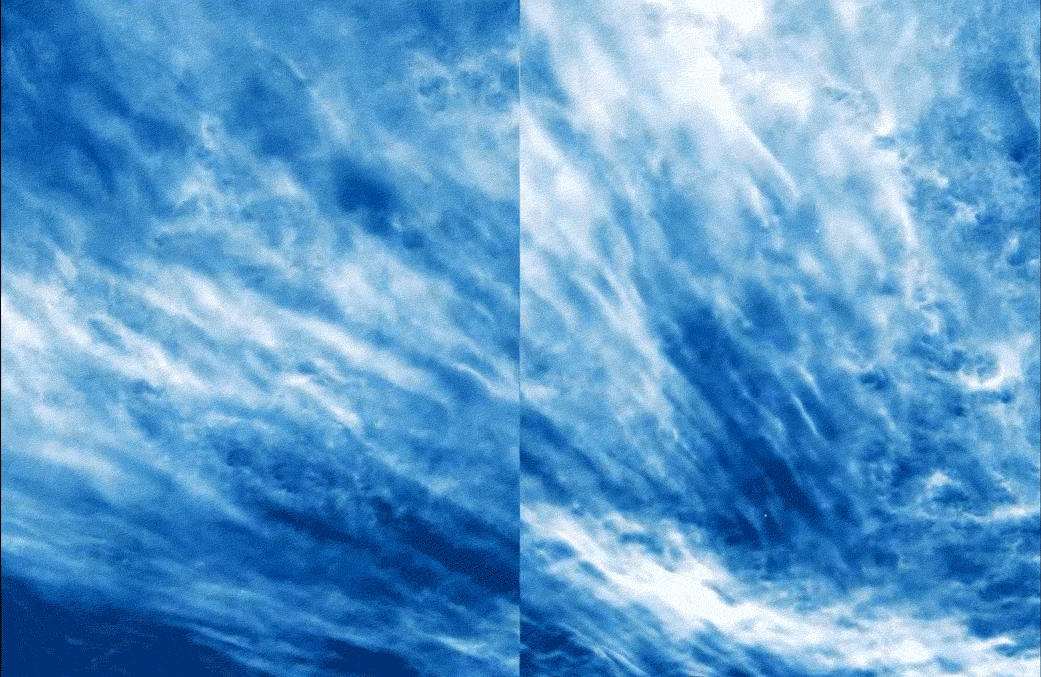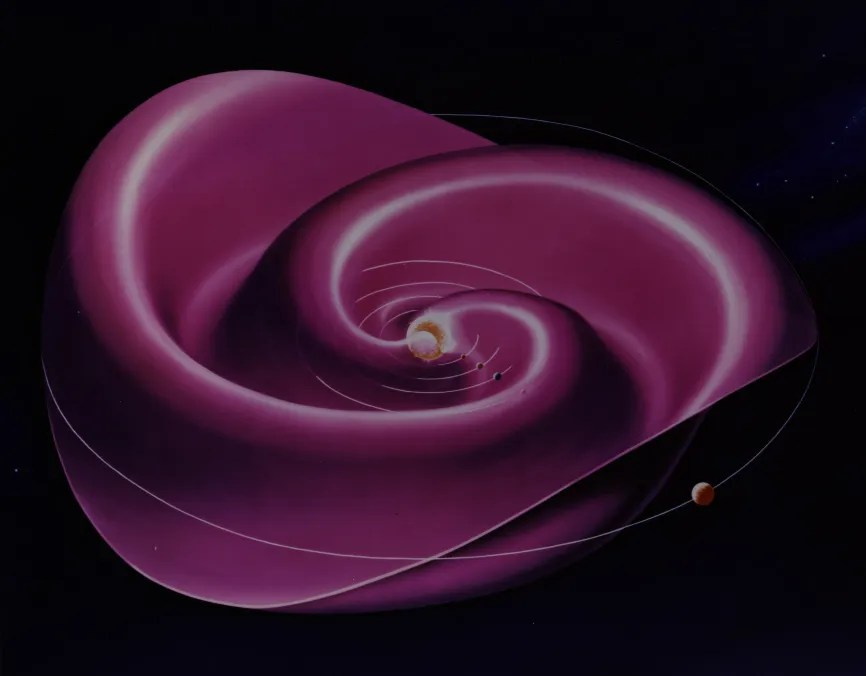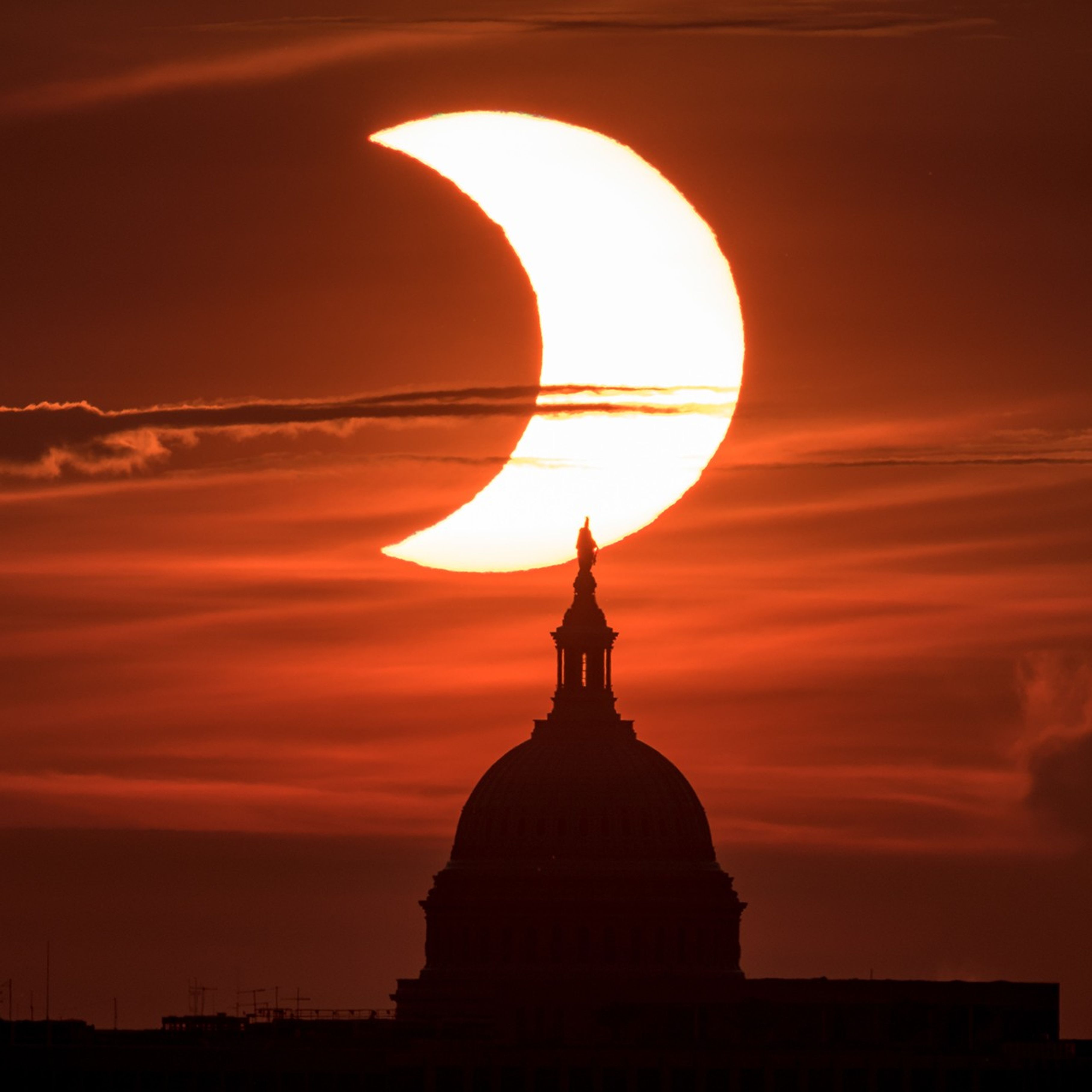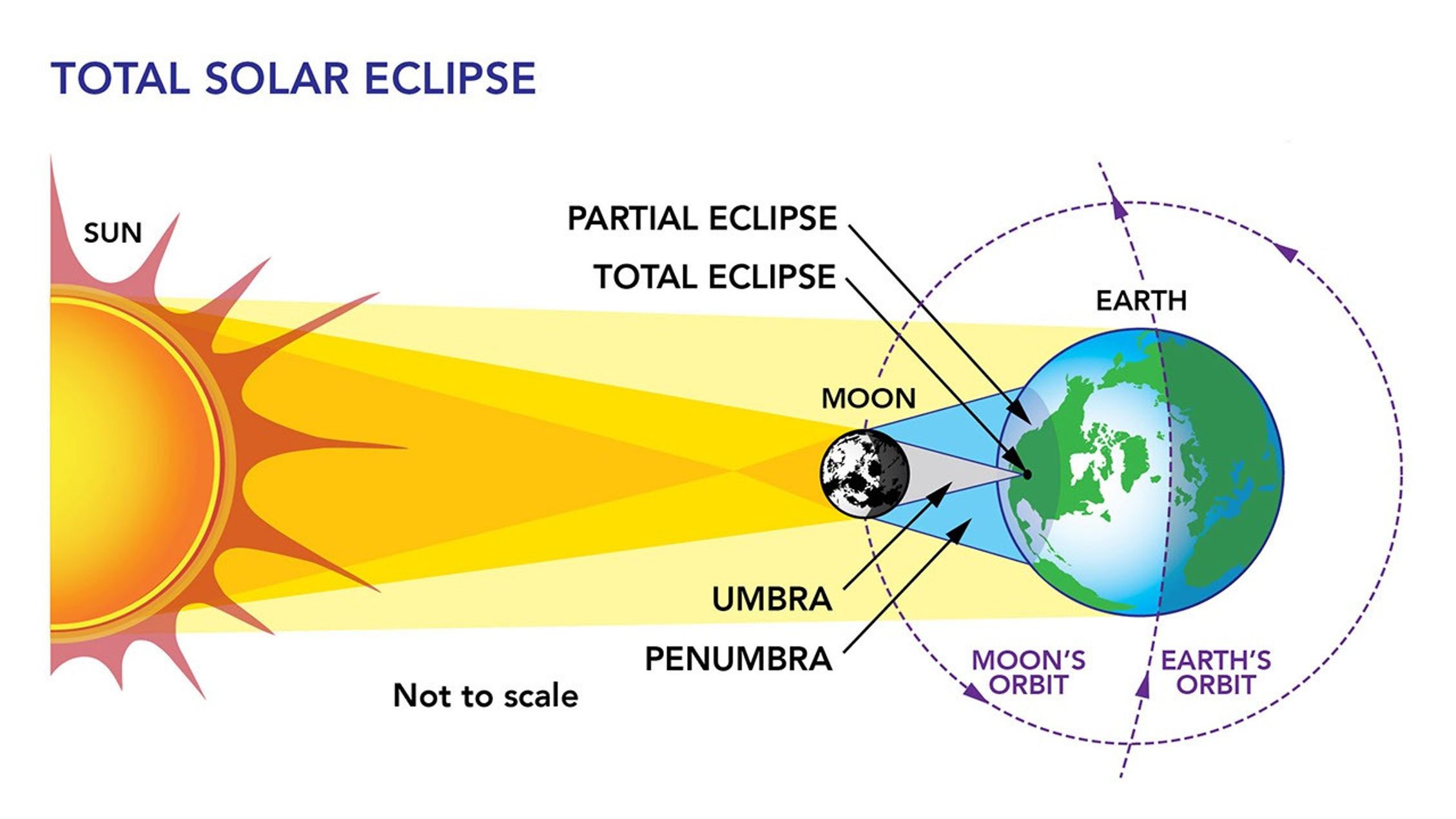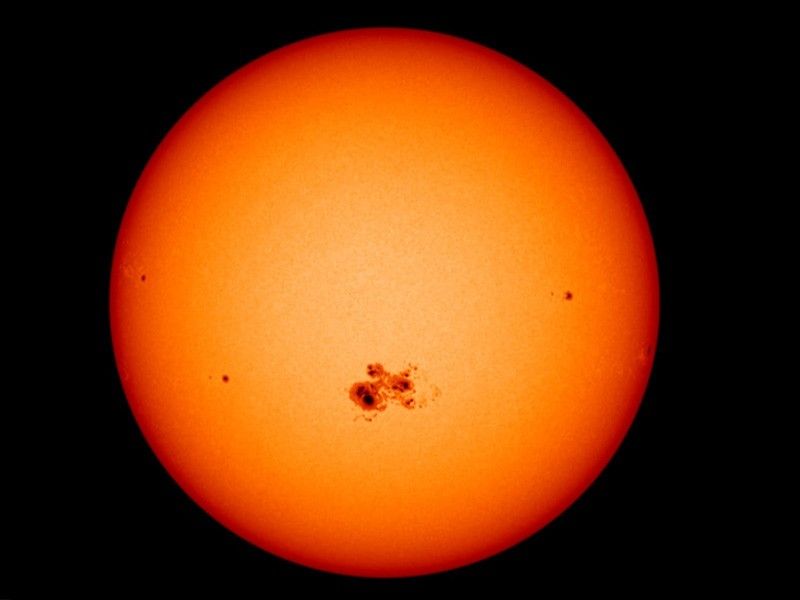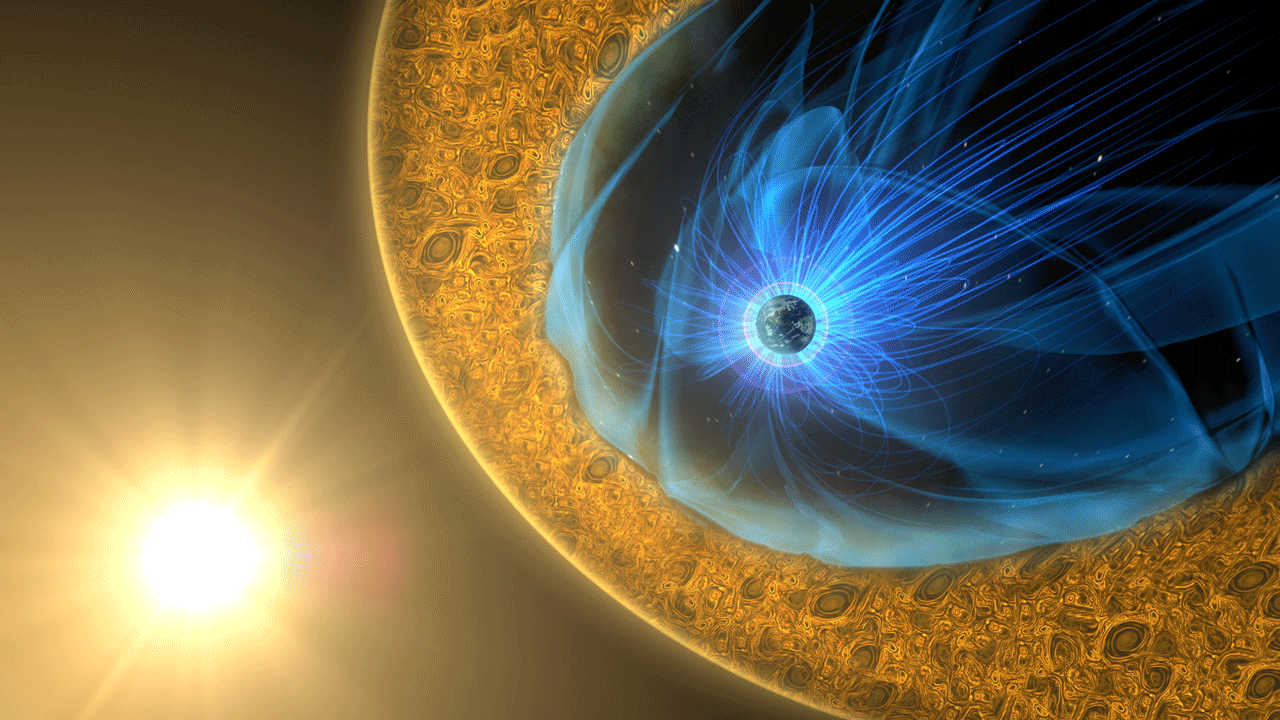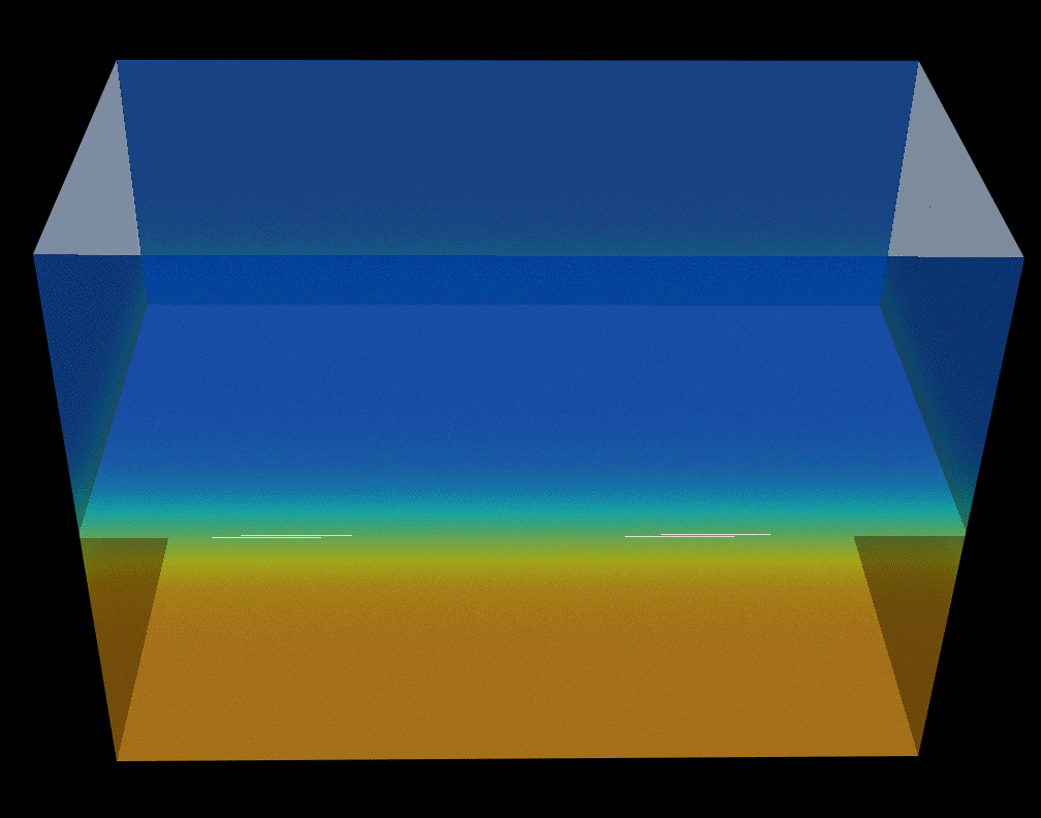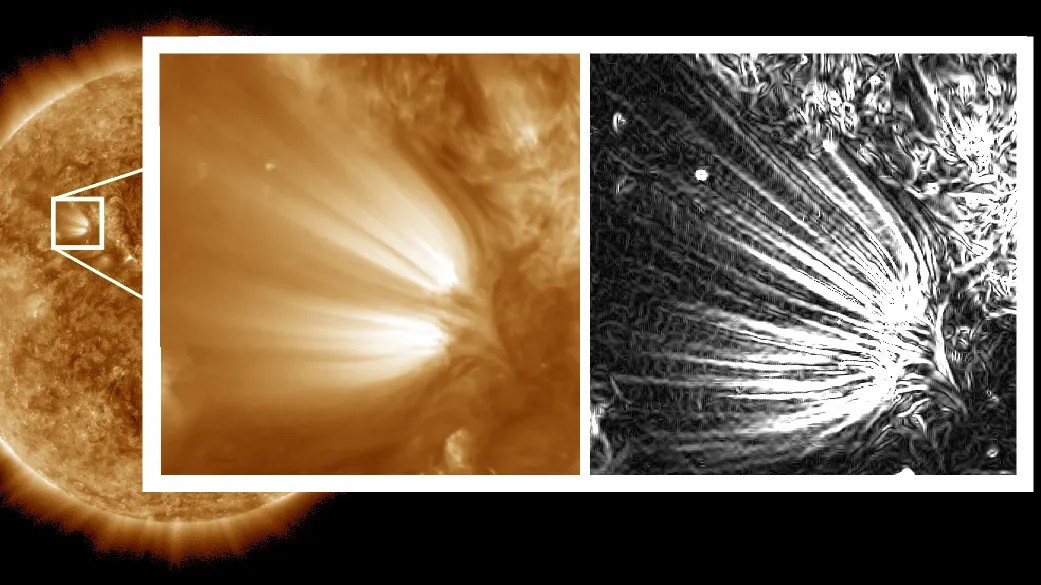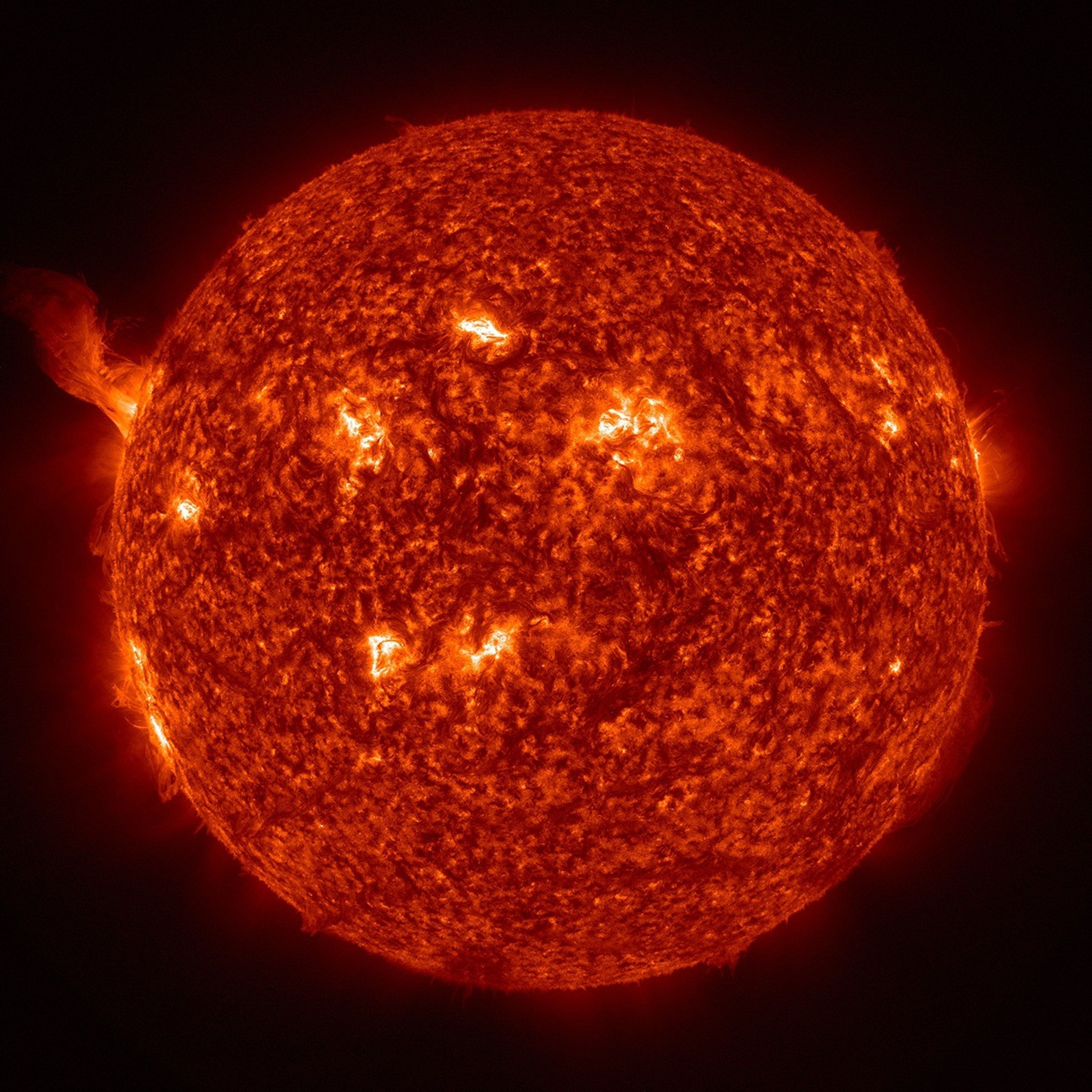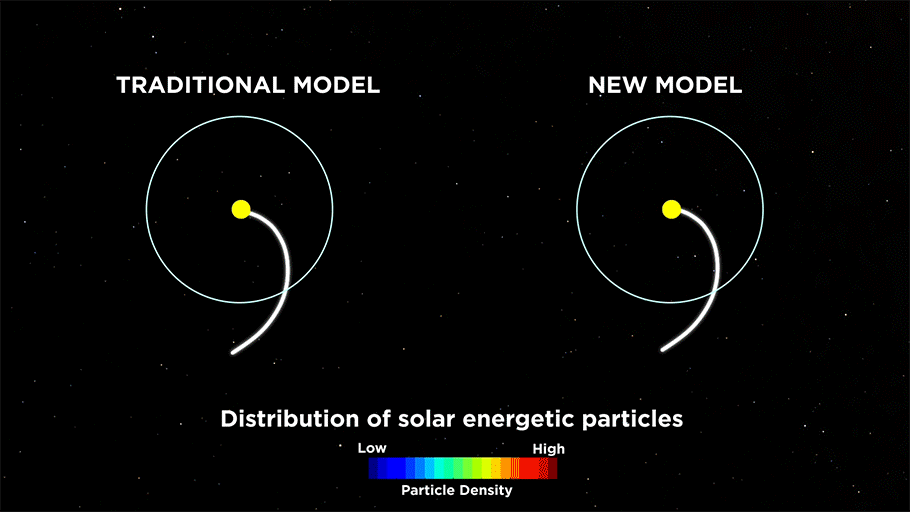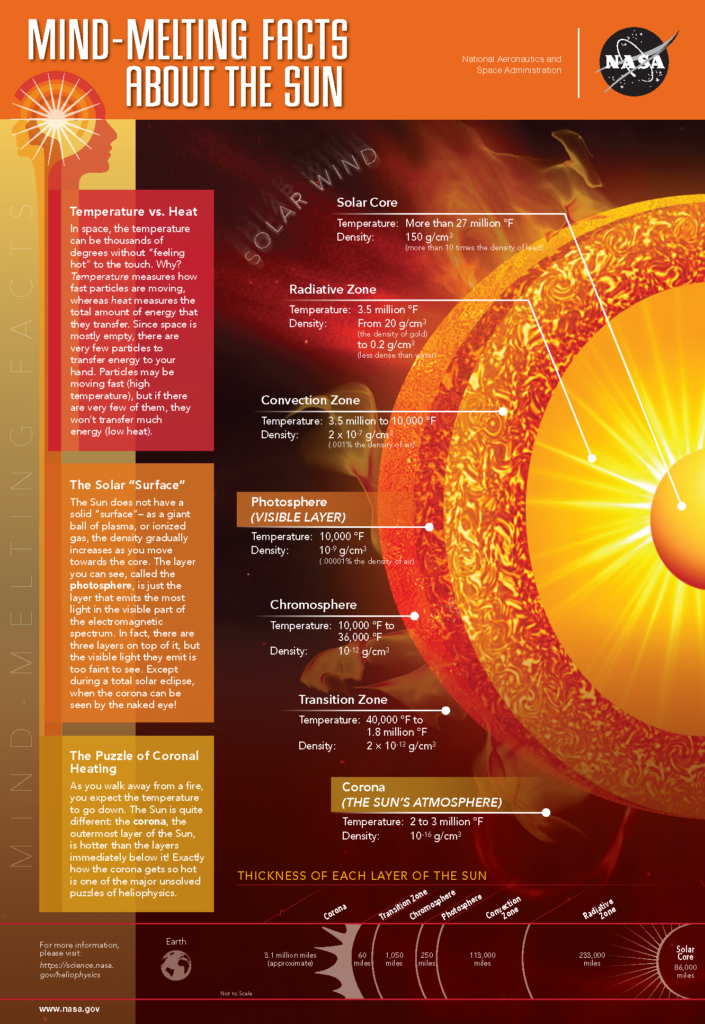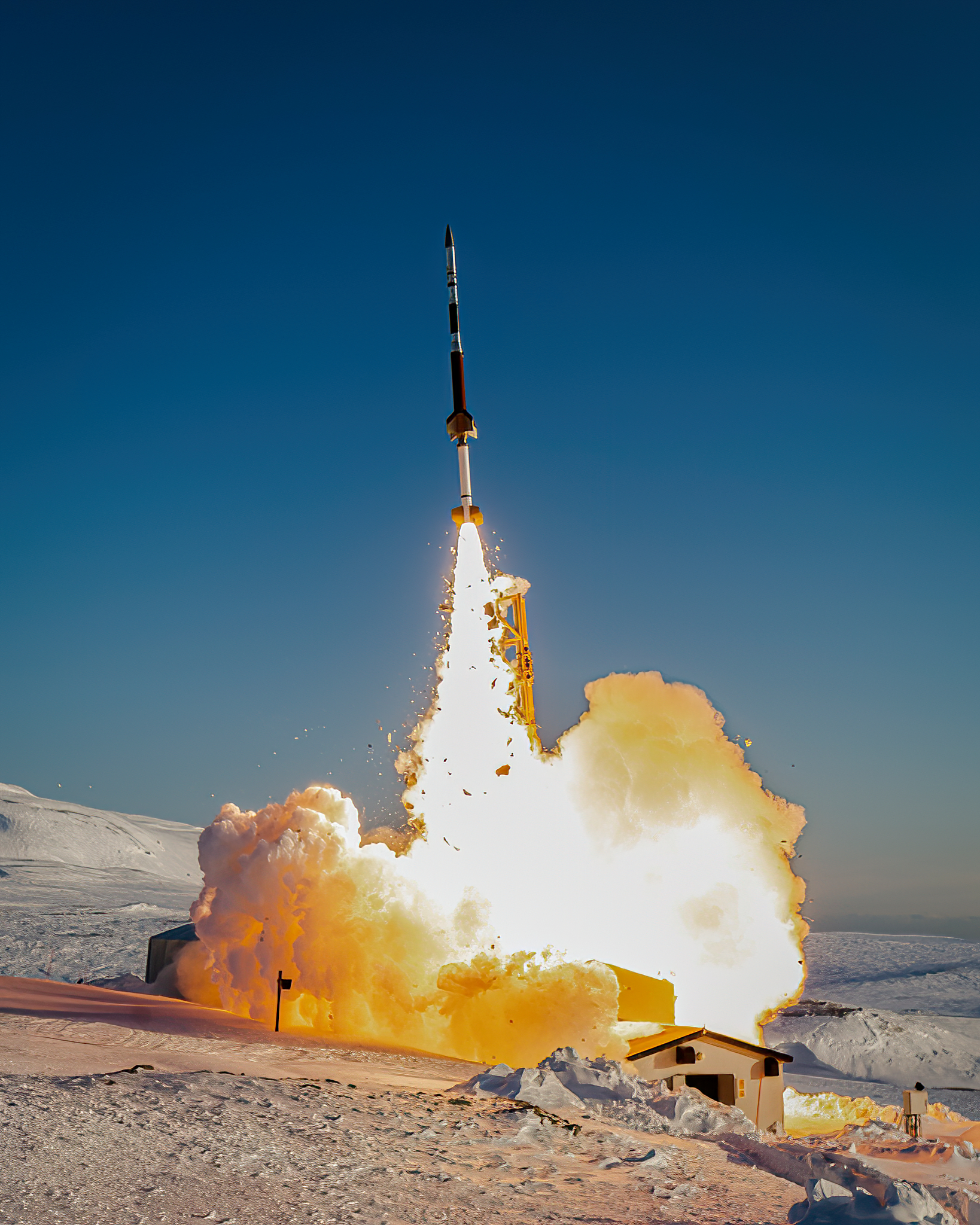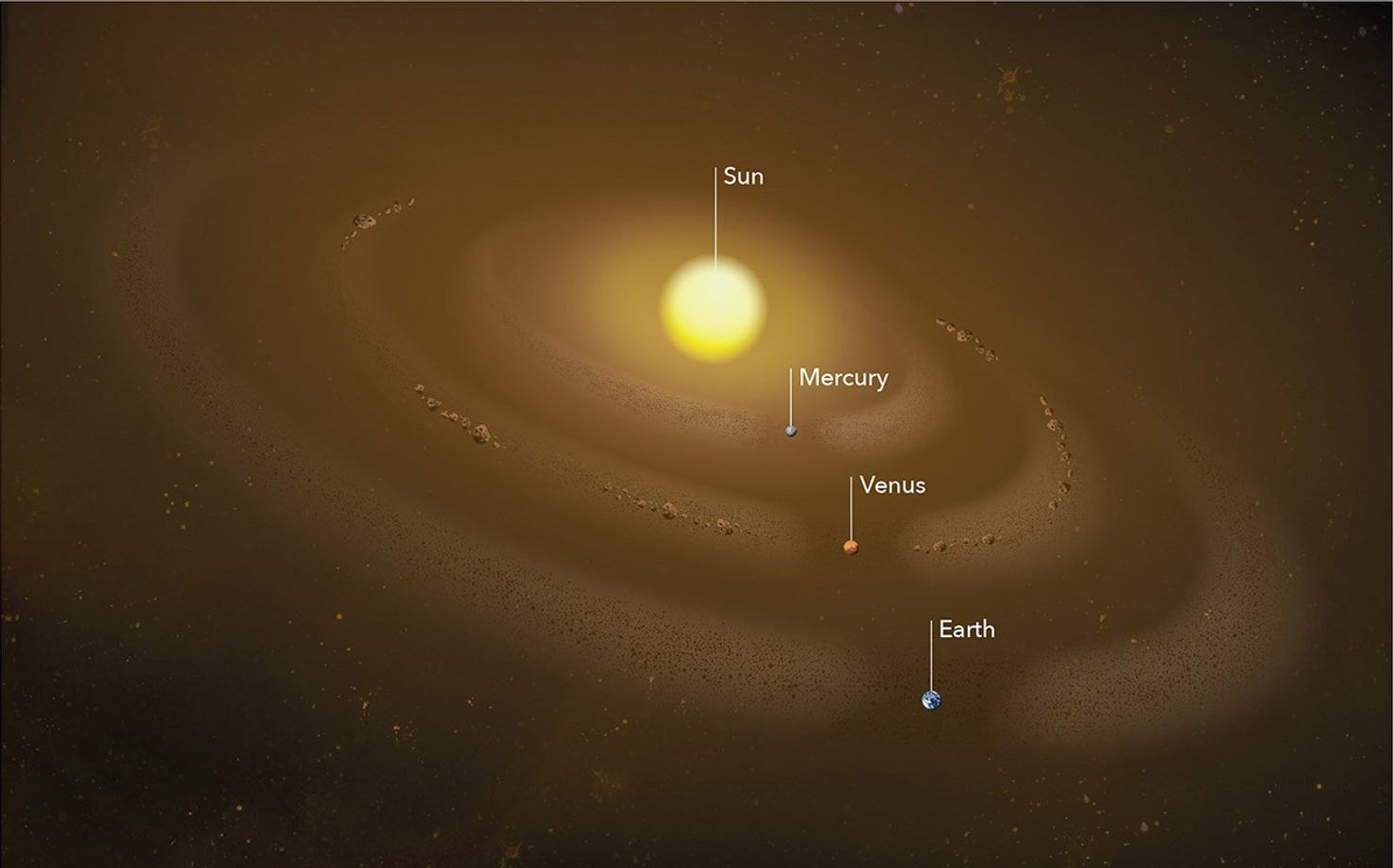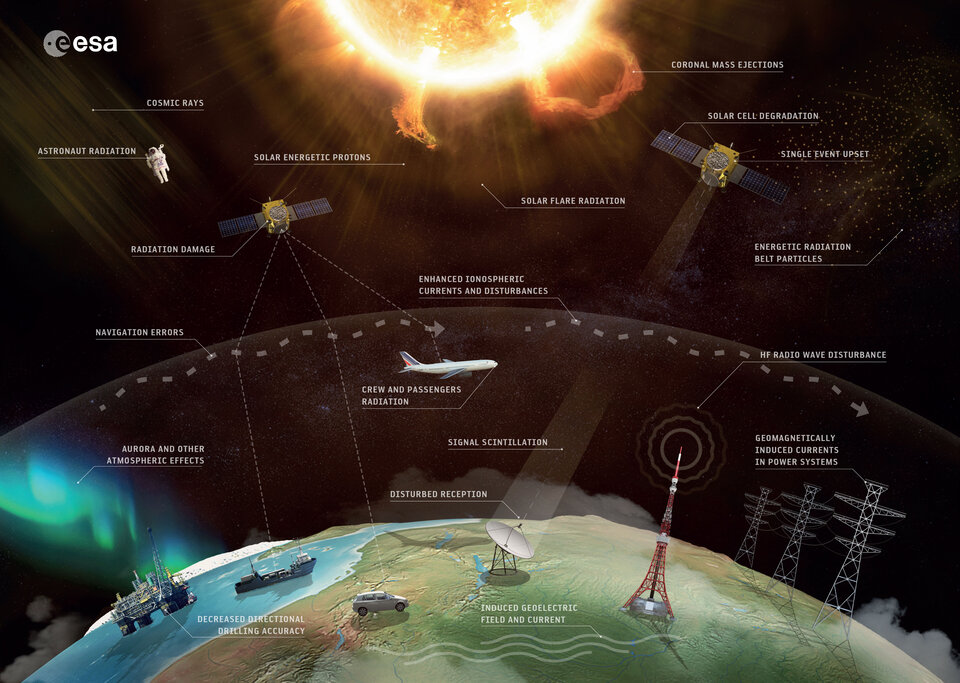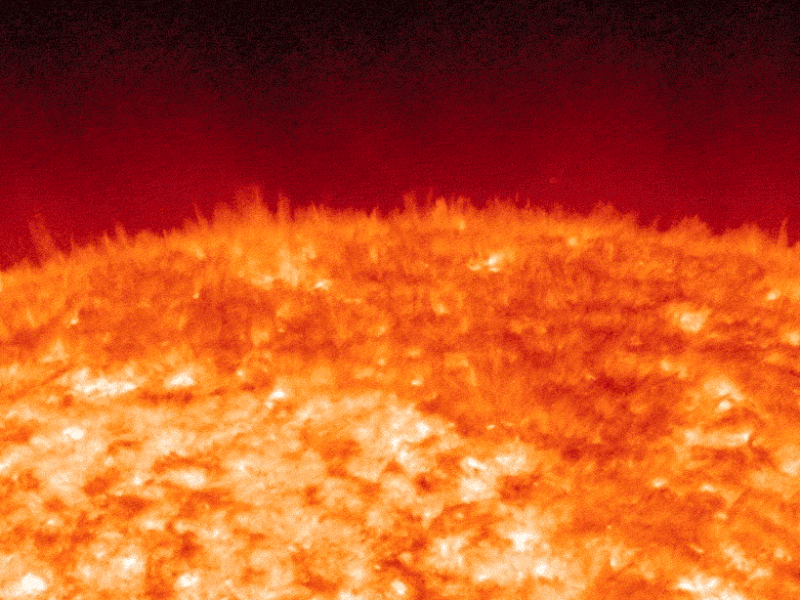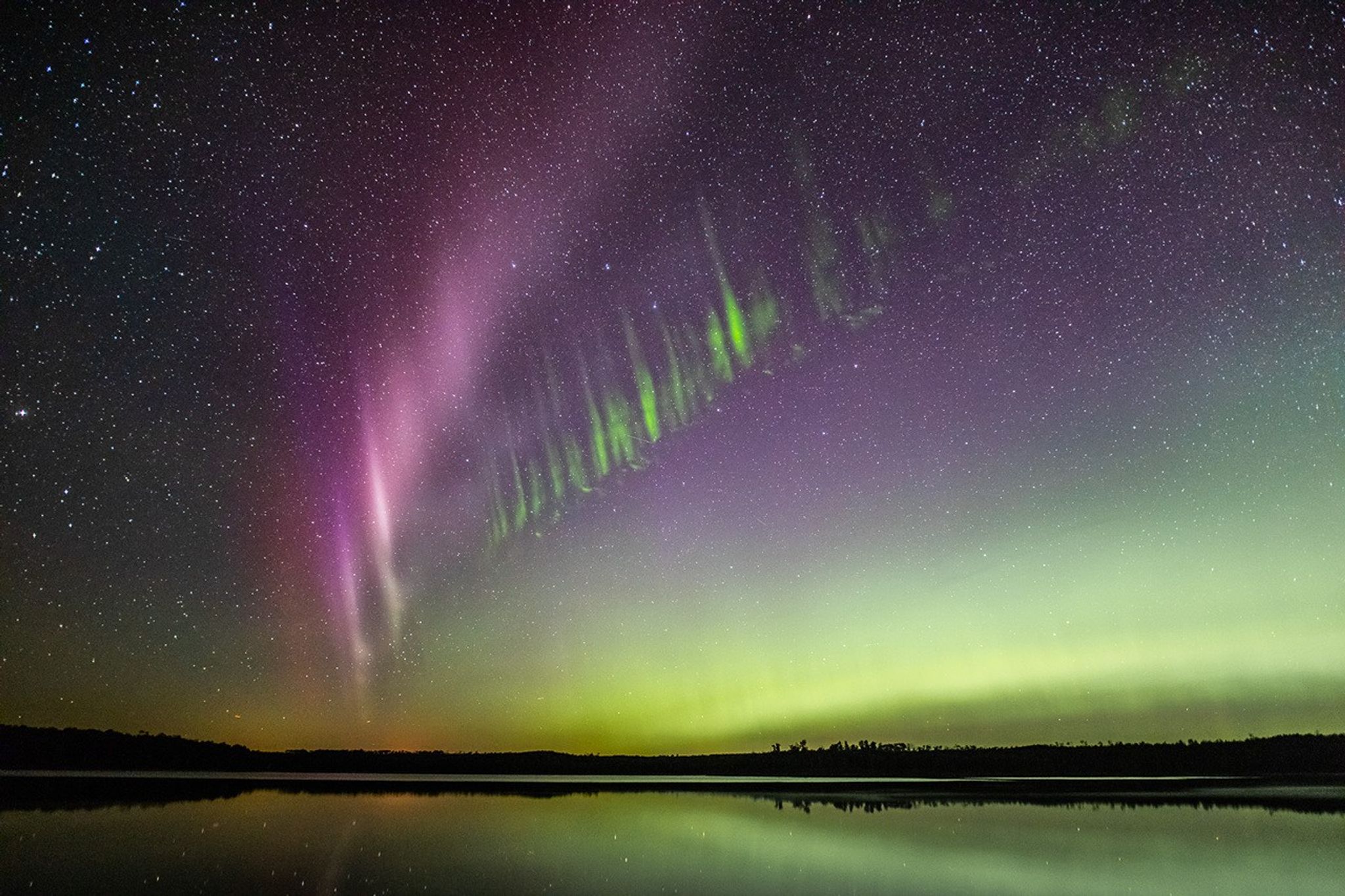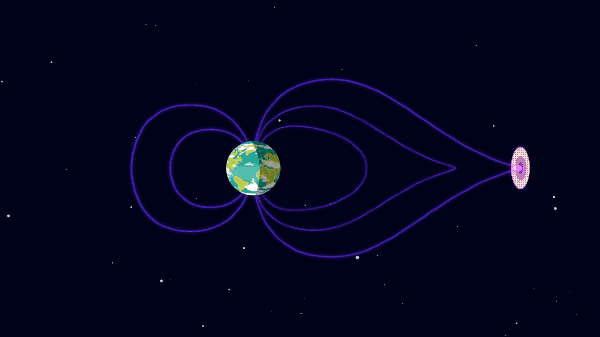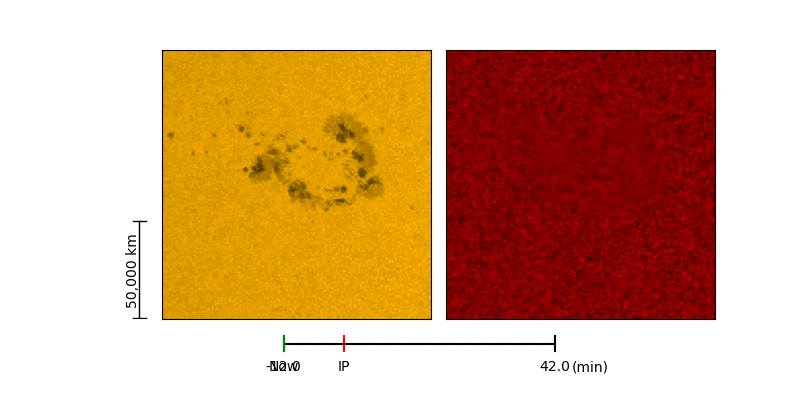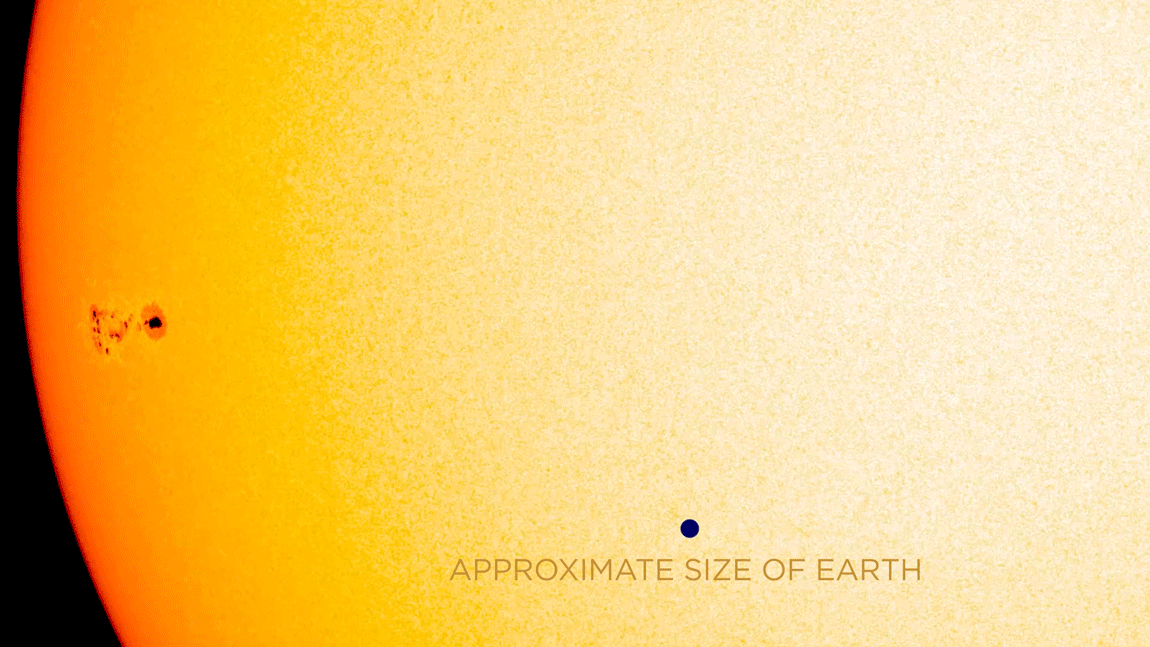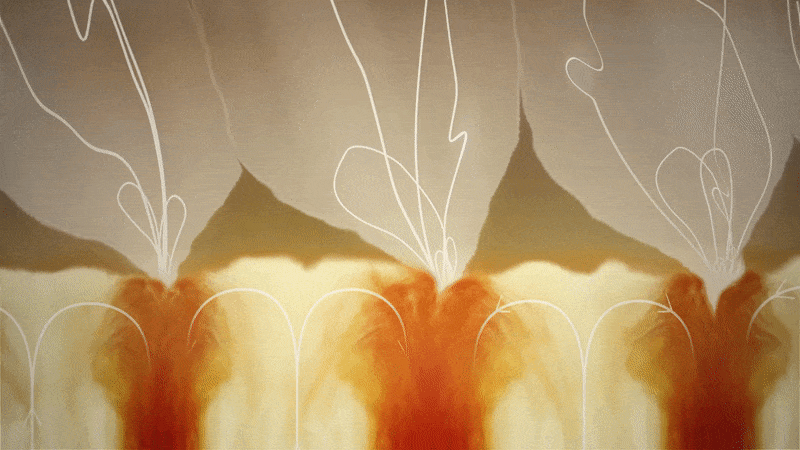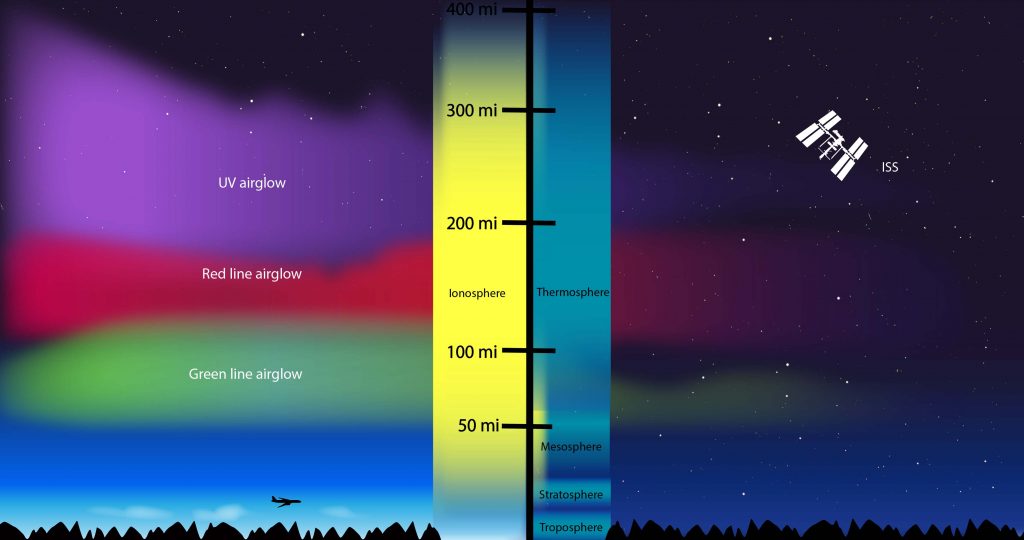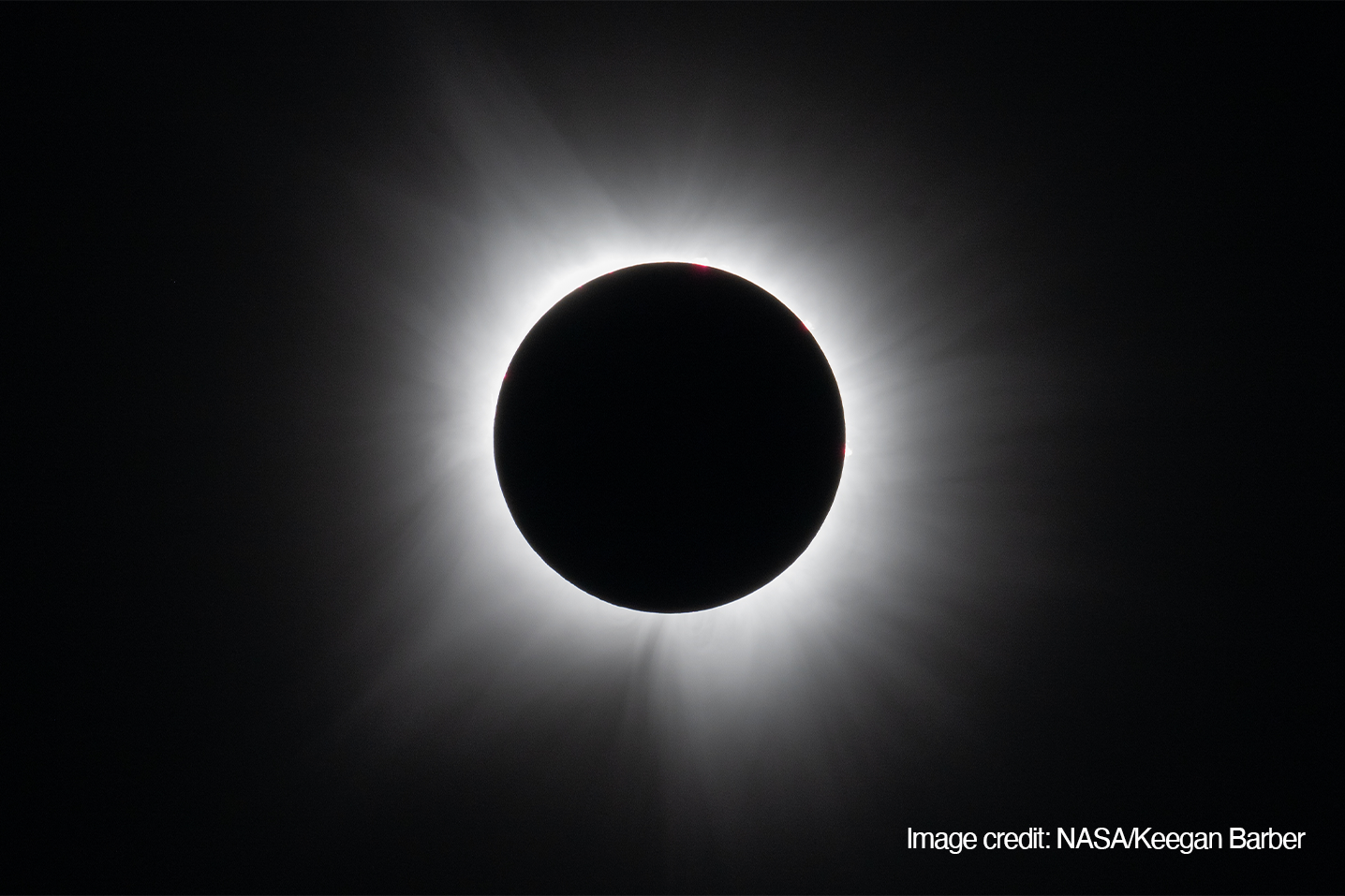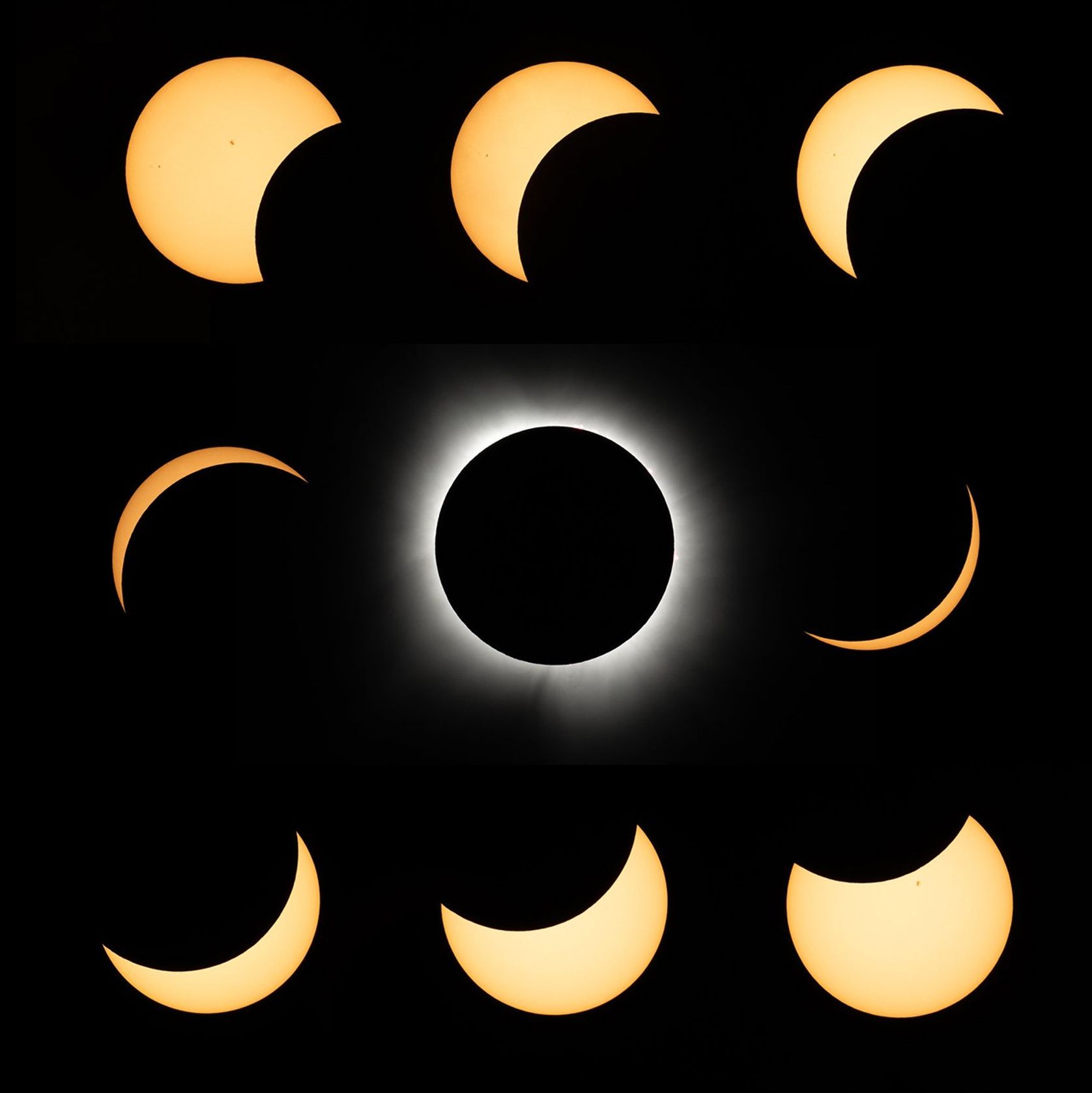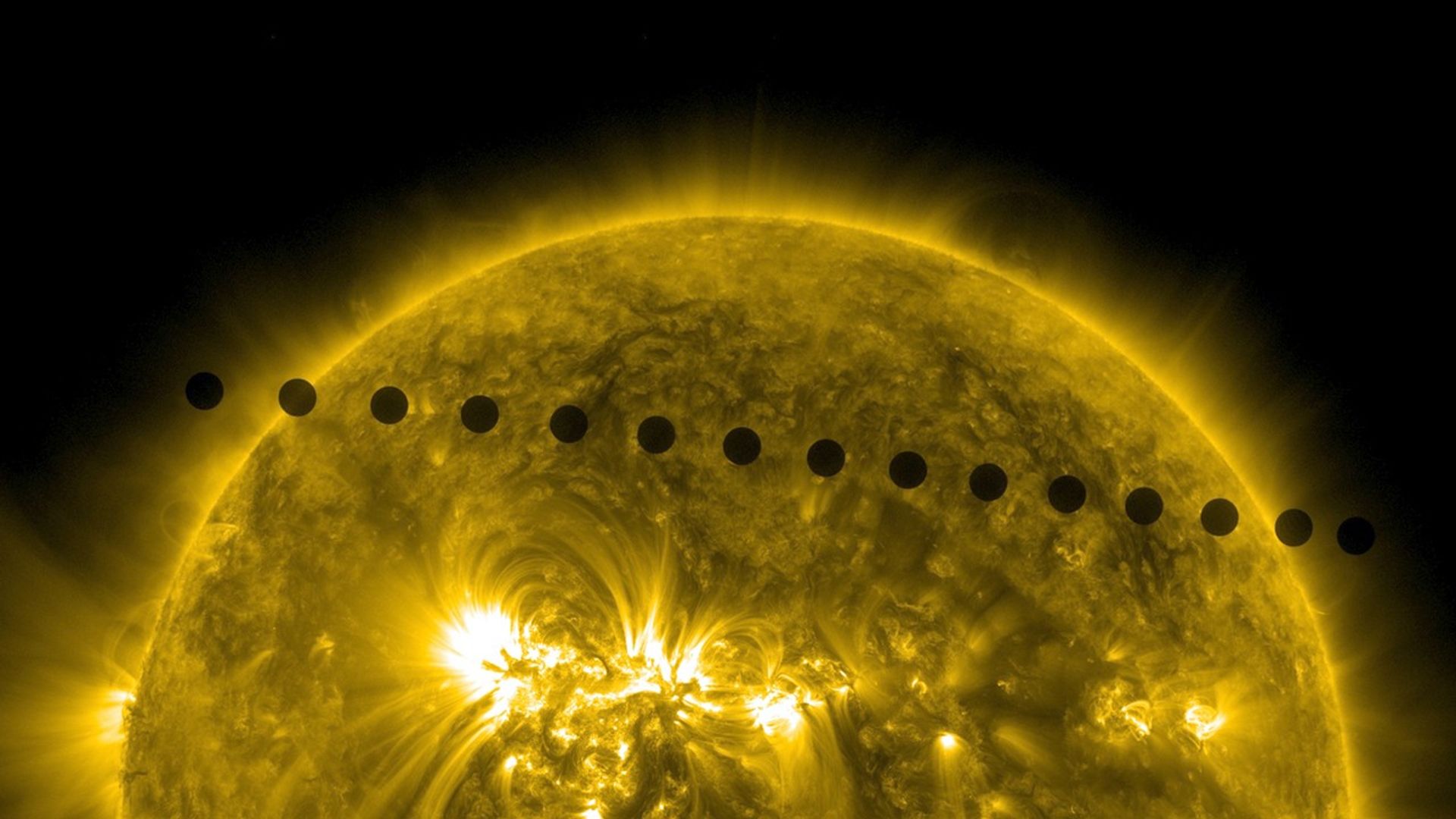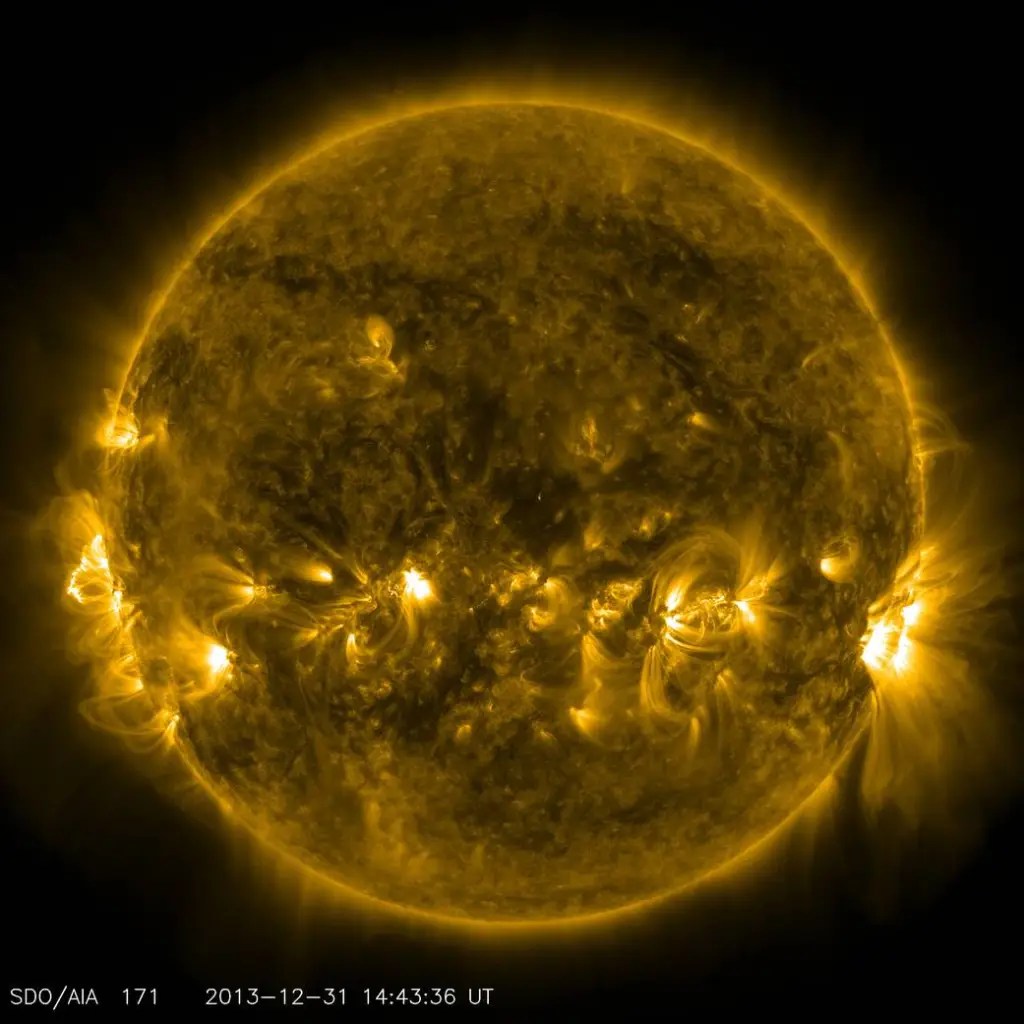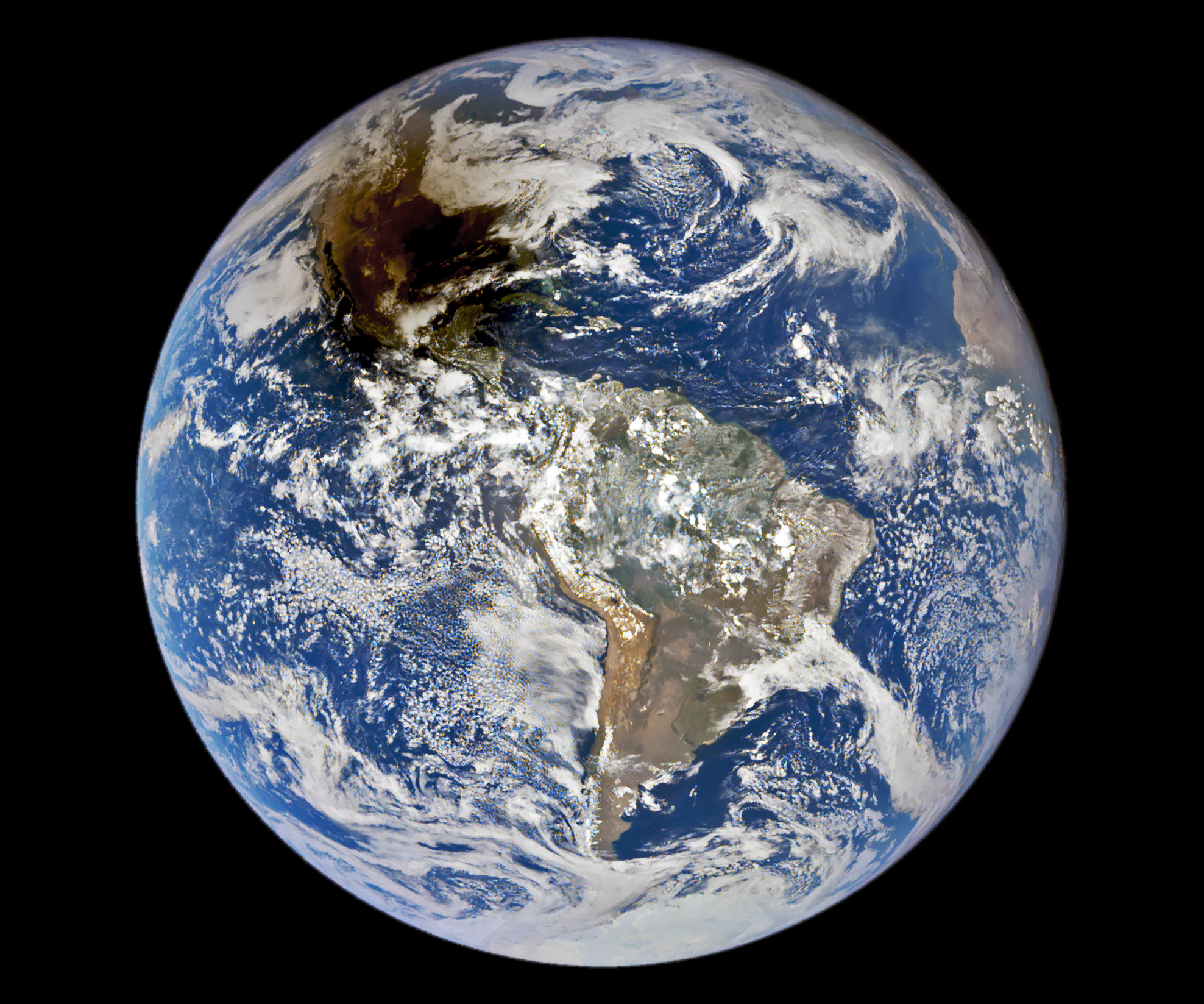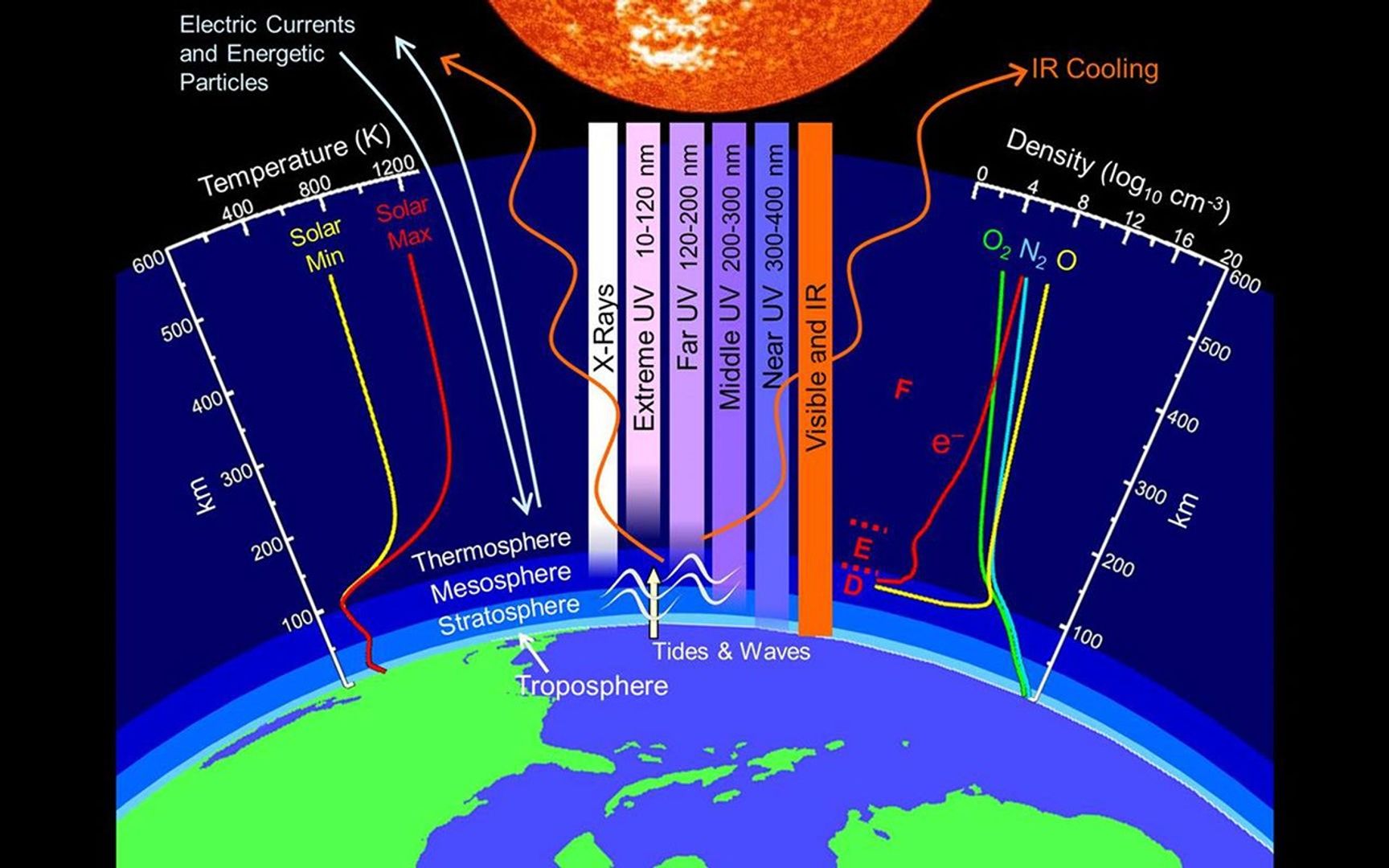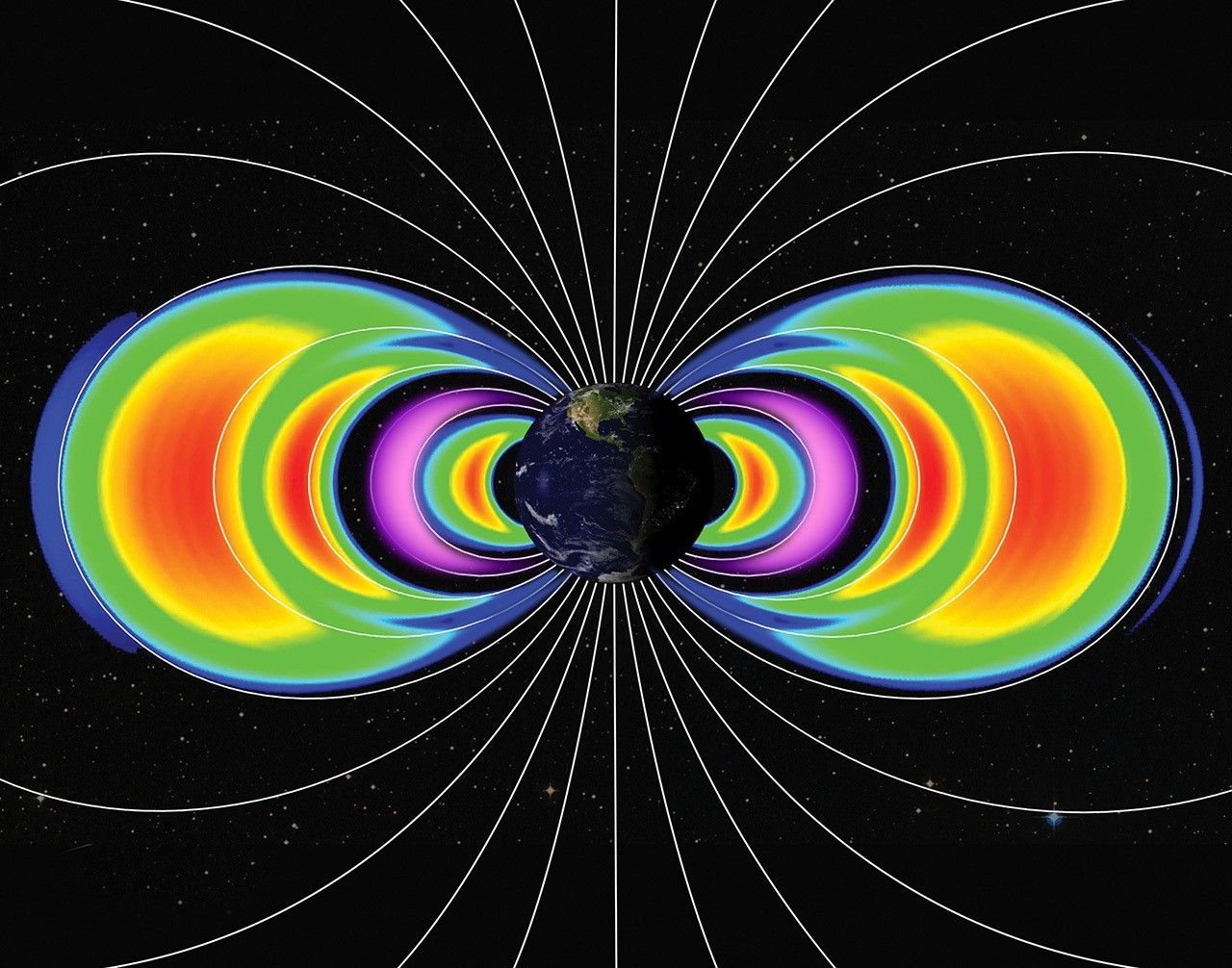Protected: The Heliopedia
There is no excerpt because this is a protected post.
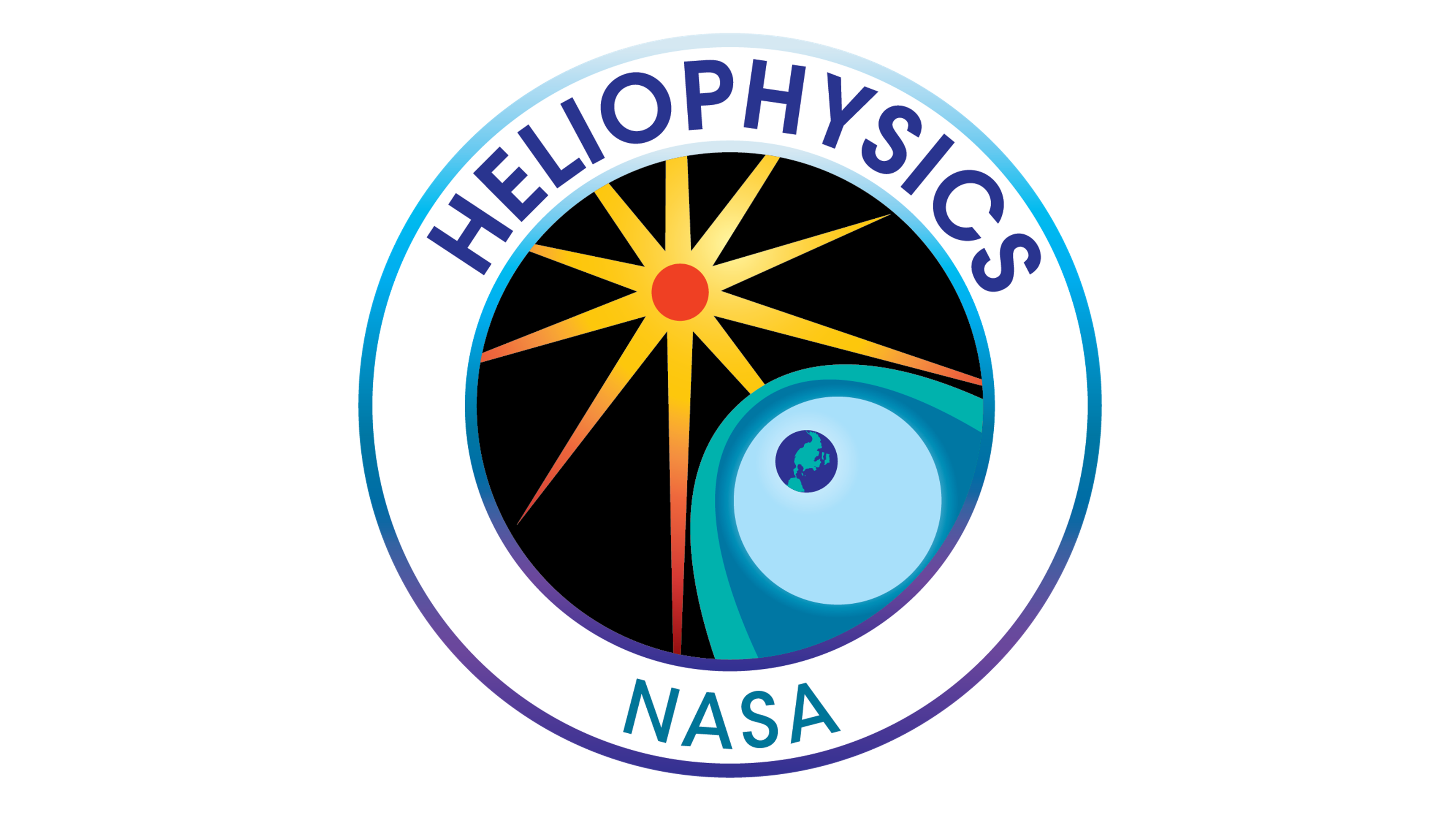
Contents
- Overview
- Alfvén surface/Alfvén zone
- Annular solar eclipse
- Aurora
- Baily's Beads
- Chromosphere
- Core
- Corona
- Convection zone
- Coronal hole
- Coronal (plasma) rain
- Coronal mass ejection (CME)
- Cosmic ray
- Cusp aurora
- Diamond ring effect
- Diffuse aurora
- Discrete aurora
- Energetic neutral atom (ENA)
- Filament eruption
- Flux rope
- Geospace
- Heliosphere
- Hybrid solar eclipse
- Ionosphere
- Lagrange point
- Magnetic reconnection
- Magnetosphere
- Mesosphere
- Nanojet/nanoflare
- Noctilucent cloud (polar mesospheric cloud)
- Parker spiral
- Partial solar eclipse
- Penumbra
- Photosphere
- Plasma
- Plasma wave
- Plume/plumelet
- Prominence
- Radiative zone
- Solar energetic particle (SEP)
- Solar flare
- Solar layer
- Solar wind
- Sounding rocket
- Space dust
- Space weather
- Spicule
- STEVE
- Substorm
- Sunquake
- Sunspot
- Supergranule
- Thermosphere
- Totality
- Total solar eclipse
- Transit
- Transition region
- Umbra
- Upper atmosphere (Earth)
- Van Allen radiation belts
Overview
Heliophysics — the study of the Sun and how it influences space — is full of exotic phenomena that shape space from the Sun to the outer edges of the solar system, billions of miles away. Some of them are well understood by scientists, while others remain under study. The Heliopedia is a collection of “living” definitions of some of those phenomena, adapted and expanded upon as we learn more.
Alfvén surface/Alfvén zone
The Alfvén surface (or zone) is the point past which material leaving the Sun is moving too quickly for its influence to propagate back to the Sun itself. The Alfvén surface marks the transition point between the Sun’s outer atmosphere (the corona) and the solar wind. As material leaves the Sun — in the form of solar wind or explosive clouds called coronal mass ejections — it accelerates, eventually pushing its speed past the maximum speed of an Alfvén wave, a type of plasma wave. If the material is moving away from the Sun faster than this top plasma wave speed, any disturbances produced in the material itself can no longer travel backward toward the Sun. Some evidence suggests that material leaving the Sun reaches the Alfvén speed not at a singular Alfvén surface, but at various points within an Alfvén zone, where co-mingled streams of material reach the Alfvén speed at different points.
Annular solar eclipse
Annular solar eclipses happen when the Moon is near its farthest point from Earth, so its apparent size in the sky is too small to completely block the Sun’s bright disk. As the Moon moves across the Sun, its slightly smaller apparent size means that it is completely contained within the solar disk and leaves a bright ring of the Sun visible around the edges. This ring around the edge of the Moon is too bright to look at safely with the unaided eye and is often described as a “ring of fire.” The path of the shadow cast during an annular eclipse is called the path of annularity.
Aurora
An aurora is a brilliant display of light in the night sky. The aurora borealis and aurora australis — also known as the northern and southern lights — occur mainly near Earth’s poles. When the solar wind reaches Earth’s magnetosphere, it can send charged particles trapped in Earth’s magnetic field raining down toward Earth’s poles, driven by a powerful process called magnetic reconnection.
Along the way, particles can collide with atoms and molecules in Earth’s upper atmosphere, providing the atoms with extra energy that they release as a burst of light. These interactions continue at lower and lower altitudes until all the excess energy is lost. Glowing auroras are the result of millions of individual particle collisions, lighting up Earth’s magnetic field lines. Studying auroras offers insights on how our magnetosphere reacts to near-Earth space weather.
Baily's Beads
During a total solar eclipse, as the Moon moves across the Sun, the stage known as a “diamond ring” may break up into several points of light that shine around the Moon’s edges. Known as Baily’s Beads, these are light rays from the Sun streaming through low-lying valleys along the Moon’s horizon. Baily’s Beads are very short-lived and may not last long enough to be noticeable to all observers of the total solar eclipse. Baily’s Beads can also be visible just after totality.
Chromosphere
The chromosphere is a layer of the Sun. The chromosphere lies just atop the photosphere and is about 1,050 miles thick on average. The temperature in the chromosphere rises from about 10,000 degrees Fahrenheit to about 36,000 degrees Fahrenheit, hotter than the photosphere but nowhere near as hot as the Sun’s multimillion-degree upper atmosphere, known as the corona. Named for the bright reddish color it gives off, the chromosphere is notoriously tricky to study, because it’s where the physical laws affecting the motion of solar material begin to change. In the lower chromosphere, solar material moves as a typical gas or fluid; in the upper chromosphere and above, magnetic forces dominate the motion.
Core
More than 27 million degrees Fahrenheit and 10 times denser than lead, the solar core is the very center of our Sun. Here, the intense pressure from surrounding layers compresses the center to a dense ball — about 172,000 miles across — where hydrogen atoms are squeezed together to form helium, releasing energy and light in the process. This reaction, known as nuclear fusion, has powered our Sun for over 4 billion years and will continue for an estimated 5 billion more.
Corona
The Sun’s dynamic upper atmosphere is called the corona. It is filled with plasma, whose movements are governed by the tangle of magnetic fields surrounding the Sun. Temperatures in the corona can reach up to millions of degrees. The corona is the source of the solar wind as well as solar flares and coronal mass ejections — the energetic solar eruptions that create the strongest space weather.
Convection zone
The convection zone is the outermost layer of the solar interior and makes up about two-thirds of the Sun’s volume. At the base of the convection zone, the temperature is about 3.5 million degrees Fahrenheit. The convection zone is much less dense than the radiative zone, with about the same density as the air 50 miles above Earth’s surface. The hot material there rises to the surface of the star, carrying (or convecting) heat with it. Once the material cools by giving off sunlight, it sinks down, where it picks up more heat. The convective motions themselves are visible at the Sun’s surface as features called granules and supergranules.
Coronal hole
A coronal hole is a patch of the Sun’s atmosphere with much lower density than elsewhere. In ultraviolet views of the Sun, coronal holes appear as dark splotches. These are regions where the Sun’s magnetic field lines are connected directly to interplanetary space, allowing solar material to escape out in a high-speed stream of solar wind, leaving a dark “hole” near the surface of the Sun. Coronal holes appear throughout the solar cycle, but can last for much longer during solar minimums, when the Sun is less active.
Coronal (plasma) rain
Coronal rain, also known as plasma rain, is made of giant globs of plasma that drip from the Sun’s outer atmosphere back to its surface. It occurs when particular conditions, such as magnetic field line configurations and local heating events in the corona, cause the plasma globs there to become cooler and denser than their surroundings, making them rain down.
Coronal mass ejection (CME)
A coronal mass ejection, or CME, is a large cloud of solar plasma and embedded magnetic fields released into space after a solar eruption. A CME expands as it sweeps through space, often measuring millions of miles across, and can collide with the magnetic fields of planets. When directed at Earth, a CME can produce geomagnetic disturbances that ignite bright auroras, short-circuit satellites and power grids on Earth, or at their worst, even endanger astronauts in orbit.
Cosmic ray
Cosmic rays are not a form of light as their name suggests, but instead are high-energy pieces of atoms that move at nearly the speed of light. WhenThey can be produced in or near the Sun, they — which are known as solar energetic particles, but — and in high-energy environments across the galaxy, such as supernovae and black holes, theywhich are called galactic cosmic rays. To understand more about high-energy environments where cosmic rays are made, scientists study these particles with special detectors in space.
On Earth, scientists commonly measure cosmic raysthem indirectly after they run into particles in our atmosphere. The collision of the particles and cosmic rays creates a shower of smaller particles, which are easily picked up by special detectors on the ground.
Cusp aurora
Earth’s magnetosphere has two cusps: regions in the magnetosphere where Earth’s magnetic field lines funnel solar wind directly to the upper atmosphere. A unique kind of aurora occurs at the cusp, marking rare places where dayside auroras are visible to people. They are unique not only for where they are found, but also how they form. Unlike other auroras, they are sparked directly by solar wind particles.
Diamond ring effect
As the Moon moves in front of the Sun during a total solar eclipse, there comes a time when there is a single bright spot is left — a bright spot that, in combination with the atmosphere of the Sun visible around the Moon, looks like a giant diamond on a ring. This “diamond ring” effect is created by sunlight streaming through valleys on the Moon’s limb — the “diamond” — along with the Sun’s outer atmosphere, the corona, forming a “ring” around the Moon. The diamond ring effect is also occursvisible shortly after totality.
Diffuse aurora
Diffuse auroras are dim, often motionless auroras. They can be green, whitish, or red, and occur over a wide area, typically closer to the equator than discrete auroras. They might be confused for clouds; if you can see stars through the glow, then it is likely an aurora.
Discrete aurora
Discrete auroras are bright thin bands with a definite lower border. They can stretch high into the sky and take on curtain-like shapes when viewed from the side. Discrete auroras occur closer to the magnetic poles. They can wave slowly or rapidly across the sky.
Energetic neutral atom (ENA)
An energetic neutral atom (ENA) is a type of uncharged, or neutral, particle. An ENA forms when an energetic ion — a negatively charged particle — runs into a slow-moving neutral atom. The ion picks up an extra electron in the collision, making it neutral — hence the name energetic neutral atom. Since ENAs aren’t charged, they don’t interact with the magnetic fields that permeate space. This means they travel in a straight line, which allows scientists to track their originswhere they came from and study distant plasma-filled regions of space, such as the boundary of the heliosphere.
Filament eruption
Filaments are strands of solar material, cooler and denser than their surroundings, suspended above the Sun by magnetic forces. They appear as dark lines when seen against the bright Sun. When solar filaments become unstable, they can either fall back onto the Sun or erupt into space, sending a coronal mass ejection away from the Sun. (When a solar filament is seen at the edge of the Sun, against the blackness of space, it is called a “prominence” instead.) Space weather forecasters keep an eye on filaments, sinceas they can be important contributors to space weather.
Flux rope
A flux rope is kind of a magnetic structure that is thought to be at the heart of many of the Sun’s eruptions. Flux ropes form in plasmas, such as the Sun’s corona, when loops of magnetic field lines connect with each other. The resulting flux ropes are formed from bundles of magnetic fields that have a magnetic field wrapped around them, like the stripes on a candy cane. These twisted structures extend in a series of loops from the Sun’s surface, and can be carried away from the Sun by a coronal mass ejection.
Geospace
Geospace is the broad term used to refer to the region of space surrounding Earth. It is, usually used to reference the area from the mesosphere through the magnetosphere.
Heliosphere
The Sun’s constantly outflowing material, the solar wind, inflates a bubble in space called the heliosphere. The heliosphere encloses all of the planets in the solar system and is filled by the Sun’s plasma and magnetic field. In interstellar space outside the heliosphere, the interstellar medium and the galactic magnetic field are dominant. The heliosphere acts as a shield for our solar system, blocking many of the high-energy galactic cosmic rays from elsewhere in our galaxy. Of the spacecraft sent from Earth, only the twin Voyager spacecraft — initially launched intraveling since 1977 — have crossedbeen confirmed to have made it beyond the boundaries of the heliosphere.
Hybrid solar eclipse
Hybrid solar eclipses happen when an eclipse transitions from total to annular (or vice versa) during the eclipse.
Ionosphere
The ionosphere is the dynamic, electrically charged region of Earth’s atmosphere, located between 50 and 400 miles above our planet’s surface. The ionosphere overlaps with both the lower reaches of space and many of the upper layers of Earth’s atmosphere, like parts of the thermosphere and mesosphere. The ionosphere is electrically charged because the Sun’s radiation hits particles and gases there, electrifying (or ionizing) them. As such, tThe ionosphere is created by the Sun’s energy.
As night falls on one side of the Earth, the ionosphere diminishes there and grows on the daytime side. The ionosphere carries enormous electrical currents that link it to the magnetosphere, and which heat the upper atmosphere and can even drive damaging currents in power lines on the ground.
Lagrange point
Lagrange points are positions in space near two massive bodies (a star and a planet, or a planet and its moon, for example) where objects tend to stay put. At Lagrange points, the gravitational pull of the two large masses equalize,combine to keeping a smaller object stable. Spacecraft can be placed at Lagrange points to reduce the amount of fuel needed to remain in position.
In any two-body system there are five Lagrange points labeled L1 through L5. In the Sun-Earth system, L1, located between the Sun and Earth, is the current home of many spacecraft studying the Sun and solar wind. L2, about a million miles away on the opposite side of Earth, is the home of NASA’s James Webb Space Telescope. L3, L4, and L5 are not home to any current or planned spacecraft.
Magnetic reconnection
When magnetic field lines become mixed, they can explosively snap and realign, flinging away nearby particles at high speeds in a process called magnetic reconnection. This process occurs across the universe, including on the Sun, near black holes, and around Earth. Particles launched by magnetic reconnection near Earth can travel down along magnetic field lines into the atmosphere, where they can spark auroras.
Magnetosphere
A magnetosphere is the region around a planet dominated by the planet’s magnetic field. In our solar system, several planets, including Earth, and even one of Jupiter’s moons have magnetospheres. Magnetospheres of planets have a “teardrop” or ice cream cone shape, with a rounded, shorter end created as the Sun’s material pushes against the magnetic field and a long tail trailing away on the other side. Earth’s magnetosphere has played a crucial role in our planet’s habitability as it shields our home planet from solar and cosmic particle radiation, as well as erosion of the atmosphere by the solar wind.
Mesosphere
The mesosphere is located in the middle of Earth’s upper atmosphere, sandwiched between the stratosphere and thermosphere aroundbetween 31 toand 53 miles above Earth’s surface. The mesosphere is the atmospheric layer where meteors burn up, creating what we call shooting stars. The mesosphereIt is also the coldest layer of Earth’s atmosphere.; Aat its upper reaches, the temperature of the mesosphere averages about minus 120 degrees Fahrenheit (minus 85 degrees Celsius).
Nanojet/nanoflare
Nanojets are bright, thin tendrils of plasma that travel perpendicular to magnetic structures in the outer solar atmosphere, reaching lengths of thousands of miles. They are spawned by nanoflares, tiny explosions on the Sun caused by a process known as magnetic reconnection, which occurs in tangled magnetic field lines.
Noctilucent cloud (polar mesospheric cloud)
Noctilucent, or night-shining, clouds are clouds of ice that reflect sunlight and shine in electric-blue. They drift about 50 miles overhead. They are also known as polar mesospheric clouds, since they tend to huddle over Earth’s poles and form in the mesosphere. Noctilucent clouds appear in the summer, when this part of the upper atmosphere has all three ingredients the clouds need to form: dust from burned-up meteors, extremely cold temperatures, and water vapor. They form when water molecules freeze around the dust. The clouds and their variations season to season help scientists better understand the mesosphere and its connections to the rest of the atmosphere, weather, and climate.
Parker spiral
The Sun’s magnetic field envelops all the planets of our solar system and beyond, carving out a vast space we call the heliosphere. As the Sun rotates and the magnetized solar wind blows outwards, the magnetic field forms a spiral, known as the Parker spiral, that looks like the water coming out of a rotating sprinkler. Around the spiral, there is a surface where the Sun’s magnetic field changes polarity, forming a wavy spiral like a ballerina’s skirt called the heliospheric current sheet.
Partial solar eclipse
A partial solar eclipse happens when the Moon passes between the Sun and Earth but the Sun, Moon, and Earth are not perfectly lined up. Only a part of the Sun will appear to be covered, giving it a crescent shape. During a total or annular solar eclipse, people outside the area covered by the Moon’s inner shadow see a partial solar eclipse.
Penumbra
The penumbra is the outer part of the Moon’s shadow. During a solar eclipse, observers in the penumbra will see a partial eclipse, and the Sun will not be completely blocked by the Moon.
Photosphere
Often called the “surface” of the Sun, the photosphere is actually the first layer of the solar atmosphere – and it is far less dense than Earth’s air at sea level. About 250 miles thick and averaging about 10,000 degrees Fahrenheit, this layer emits the white light we can see with our eyes. (The Sun appears yellow from the surface of Earth because the blue light is scattered out by the particles in our atmosphere, which also makes the sky appear blue.)
Plasma
Plasma is a state of matter distinct from solids, liquids and gases. Though rare on Earth, plasma makes up over 99% of the observable (i.e., not dark) matter in the universe, including every star and much of the material between them. On Earth, plasma is found in fluorescent lights, torches used for metalworking, and lightning strikes.
Plasma forms when the atoms in a gas become ionized, meaning electrons separate from the atom and move around independently. This makes plasmas electrically charged and they can interact with external electric and magnetic fields. They can also create their own electric and magnetic fields. Plasmas also undergo an explosive process called magnetic reconnection. Magnetic reconnection is a rapid transfer of magnetic energy into motion that powers solar flares and coronal mass ejections.
Plasma wave
Plasma waves move energy through a plasma. They are also an important source of heat: As waves break down, the leftover random particle motion becomes heat.
Plasmas generate both electric and magnetic fields, and some plasma waves disturb the magnetic field (electromagnetic waves) while others do not (electrostatic waves). Some kinds of plasma waves only affect the electrons in a plasma (Langmuir waves; Whistler mode waves), while others only affect the ions (ion cyclotron waves; Alfven waves). Heliophysicists study plasma waves throughout the Sun-Earth system to better understand how the Sun influences the rest of the solar system and how plasma behaves throughout the universe.
Plume/plumelet
Plumes are streamers of solar material that stretch out from coronal holes — dark patches of open magnetic field — on the Sun. They appear bright in extreme ultraviolet views of the Sun, and are made up of many smaller streamers, called plumelets. Plumes play a role in creating the high-speed solar wind.
Prominence
A prominence is a snakelike structure made of cool, dense solar material that is suspended above the Sun’s surface by a strong local magnetic field. (When they are viewed against the solar disk, head-on rather than off the visible edge, they are called filaments.) Prominences can erupt when the magnetic structure becomes unstable, flinging the plasma outward in a blast called a coronal mass ejection.
Radiative zone
The radiative zone is the layer just outside the Sun’s core. This region varies in density, from denser than gold to less dense than water. The radiative zone gets its name from how light is transferred from the core below to the zone above. Here, the light is passed from atom to atom, instead of circulating as it does in the less dense convection zone.
Solar energetic particle (SEP)
Solar energetic particles, or SEPs, are high-energy charged particles — mostly electrons and protons — accelerated by activity on the Sun. SEPs can be accelerated on the Sun in conjunction with solar flares, or they can be accelerated in space — for example, at the forefront of a fast-moving coronal mass ejection. Because SEPs are charged particles, their movement is guided by magnetic fields as they move away from the Sun and travel through space. SEPs can pose a radiation hazard to astronauts and electronics in space, and their effects on Earth’s atmosphere can hinder high-frequency radio communications like GPS.
Solar flare
Solar flares are energetic bursts of light and particles triggered by the release of magnetic energy on the Sun. Flares are by far the most powerful explosions in the solar system, with energy releases comparable to billions of hydrogen bombs. The energetic particles accelerated by flares travel nearly at the speed of light, and can travel the 93 million miles between the Sun and Earth in less than 20 minutes. Some solar flares have an associated coronal mass ejection.
Solar layer
The Sun can be divided into distinct layers, including (from innermost to outermost) the solar core; the radiative zone; the convection zone; the photosphere; the chromosphere; the transition region; and the corona.
Solar wind
The solar wind is a gusty stream of material that flows from the Sun in all directions, all the time, carrying the Sun’s magnetic field out into space. While it is much less dense than wind on Earth, it is much faster, typically blowing at speeds of one to two million miles per hour. The solar wind is made of charged particles — electrons and ionized atoms — that interact with each other and the Sun’s magnetic field. The extent of the solar wind creates the heliosphere, the Sun’s region of influence within interstellar space.
Sounding rocket
Sounding rockets are suborbital rockets that launch scientific instruments into space, flying between 30 and 800 miles (48 to 1287 kilometers) high before falling back to Earth. Typical flights last between 5 to 20 minutes.
Sounding rockets were NASA’s first space vehicles and remain valuable tools for research today. Sounding rockets can study everything from the atmosphere immediately surrounding the rocket to distant galaxies. Their instruments can often be recovered and re-used across several flights, significantly lowering development costs. They are also quicker to develop than satellite missions — as little as a year from idea to launch — so scientists often use them to test new technologies and explore cutting-edge scientific ideas.
Space dust
Space dust is made up of fine particles that float around in between the stars, planets, and galaxies. This material is composed of tiny clumps of molecules and compounds leftover from the formation of objects in space or shed by comets and asteroids. In fact, when you see the fuzzy silhouette of a comet, you’re looking at gas and dust from the comet as it disintegrates. Unlike most other individual particles that scientists study in space, space dust is composed of multiple atoms — though most are still much smaller than a grain of sand. While the dust you encounter here on Earth is made up of mostly organic materials — such as dirt and skin cells — space dust is largely rocky or carbon-rich grains.
Space weather
Space weather refers to conditions in space produced by the Sun’s activity. The Sun affects the space around us through a constant stream of plasma known as the solar wind, with occasional bursts from solar flares and coronal mass ejections. These solar discharges carry their own magnetic field, so when they collide with Earth’s magnetic field, the two magnetic fields can repel or attract each other like two magnets. This repulsion and attraction creates geomagnetic disturbances. Space weather events produce the beautiful glow of the northern and southern lights, but they can also endanger astronauts, disrupt radio communications, and even cause large electrical blackouts.
Every planet in the solar system experiences its own space weather as the solar wind interacts with the planet’s own magnetic field (or lack thereof).
Spicule
At any given moment, as many as 10 million wild jets of solar material burst up from the Sun’s surface. Known as spicules, these grass-like tendrils of plasma erupt as fast as 60 miles per second and can reach lengths of 6,000 miles before collapsing.
STEVE
The Strong Thermal Emission Velocity Enhancement, or STEVE, is an aurora-like phenomenon that looks like a purple ribbon in the sky, accompanied by a green picket fence-like structure. It runs east to west and appears closer to the equator than typical aurora. The phenomenon has been observed for centuries by skywatchers and citizen scientists—including, more recently, those participating in the Aurorasaurus project, whose observations were instrumental to the first modern STEVE scientific paper published in 2018. STEVE appears to result from processes different from other auroras. Scientists don’t yet fully understand the mechanisms that cause STEVE to appear.
Substorm
Substorms can be thought of as the magnetic, near-space counterpart to severe weather storms on Earth. Under certain conditions, Earth’s magnetosphere captures and gradually stores a small fraction of material and energy from the solar wind. This energy is released over the course of several minutes about once every 3 hours, creating an event known as a substorm.
Substorms initially start small but spread across vast regions of the magnetosphere within minutes and typically initiate the most intense space weather effects — those that create dramatic auroral displays, disrupt communications, cause power line transmission failures, and produce the most penetrating radiation. During a substorm, auroras brighten and expand poleward.
Substorms differ from geomagnetic storms, because geomagnetic storms last from 1 to 3 days and are generally caused by a single large solar wind event arriving at Earth that affects the entire magnetosphere and energizes the radiation belts.
Sunquake
Sunquakes are seismic-like activity on the Sun that ripple across the visible surface, not unlike earthquakes. They are known to accompany some solar flares, but scientists are uncertain how exactly they are triggered.
Sunspot
Occasionally, dark spots freckle the face of the Sun. These are sunspots, cooler regions on the Sun’s visible surface caused by a concentration of magnetic field lines. Sunspots are the visible component of active regions, areas of intense and complex magnetic fields on the Sun that are the source of solar eruptions. Lasting from days to months, sunspots typically stretch 1,000 to 100,000 miles across. The number of sunspots goes up and down as the Sun goes through its natural 11-year cycle. Scientists use sunspots to help them track this cycle.
Supergranule
Supergranules are networks of cells covering the Sun’s visible surface that stretch some 18,000 miles across — more than large enough to frame two Earths side by side. They are caused by the convection of material in the Sun. Supergranules sometimes appear to move faster than the rotation of the Sun, but scientists have confirmed that this apparent motion is of the cells themselves is actually wave-like motion propagated across them.
Thermosphere
Above the mesosphere is the thermosphere, which begins about 53 miles above Earth and reaches 372 miles high. The name thermosphere comes from the region’s extremely high temperature, up to 1,500C (2,700F). However, the low density in this region means it doesn’t contain much heat. The thermosphere is a busy place — this is where you can find the International Space Station, many satellites, and the auroras. Like the mesosphere, the thermosphere experiences its own active “weather,” with high and low pressure zones, winds up to 1600 miles per hour, and complex chemical disturbances.
Totality
Totality is the time when the Moon is completely blocking the Sun’s bright face. During totality, the Sun’s relatively faint and wispy outer atmosphere, the corona, is visible to observers – the only time the corona is visible to the unaided eye. Totality only happens within the Moon’s inner shadow, the umbra.
During totality – and ONLY during totality – it is safe to watch the eclipse directly without solar viewing glasses or solar filters. Observers must resume using an indirect viewing method or a solar filter before the end of totality. The reappearance of Baily’s Beads or the diamond ring indicate that totality is over.
Total solar eclipse
A total solar eclipse happens when the Moon passes between the Sun and Earth, completely blocking the face of the Sun. People located in the center of the Moon’s shadow when it hits Earth will experience a total eclipse. The sky will darken, as if it were dawn or dusk. Weather permitting, people in the path of a total solar eclipse can see the Sun’s corona, the outer atmosphere, which is otherwise usually obscured by the bright face of the Sun. A total solar eclipse is the only type of solar eclipse where viewers can momentarily remove their eclipse glasses (which are not the same as regular sunglasses) for the brief period of time when the Moon is completely blocking the Sun.
Transit
A transit happens when one celestial body crosses in front of another from a specific point of view. Eclipses are a type of transit. On Earth, we most often see Mercury transit the Sun, or – even more rarely – Venus.
Transits are also one of the primary ways scientists look for evidence of exoplanets, planets beyond our solar system. As exoplanets pass between their host star and Earth, the light we measure from the host star decreases slightly, giving scientists clues about the planet or planets that may be orbiting that star.
Transition region
The transition region is where the chromosphere becomes the corona, and the temperature rapidly rises from thousands to millions of degrees. Estimated to be about 60 miles thick, its exact height and position is not well defined. Instead, the “transition region” forms a kind of halo around the shifting, churning features of the chromosphere.
Umbra
The umbra is the inner part of the Moon’s shadow. During a total solar eclipse, the umbra’s path across Earth’s surface is what creates the path of totality. Observers inside the path of totality can see the Moon completely block the Sun’s face.
Upper atmosphere (Earth)
Earth’s atmosphere is traditionally divided into layers that differ in their temperature, density, and composition: the troposphere, the stratosphere, the mesosphere, the thermosphere, and the exosphere.
Heliophysicists study the upper layers of Earth’s atmosphere, including the mesosphere, thermosphere and exosphere. They also study the ionosphere, a layer overlapping with the upper portions of the mesosphere and through the thermosphere and exosphere, identified by its population of ionized, or electrically charged, particles.
See the individual entries for mesosphere, thermosphere, and ionosphere to learn more.
Van Allen radiation belts
Named for their discoverer, James Van Allen, these concentric, doughnut-shaped rings encircle Earth and are filled with high-energy particles trapped by Earth’s magnetic field to create the radiation belts. The particles – electrons and ions – gyrate, bounce, and drift through the region, sometimes shooting down into Earth’s atmosphere, sometimes escaping out into space. The radiation belts swell and shrink during 1-3 day long geomagnetic storms as part of a much larger space weather system driven by energy and material that erupts off the Sun and fills the entire solar system. The Van Allen Belts are an important component of the Earth’s magnetosphere.

